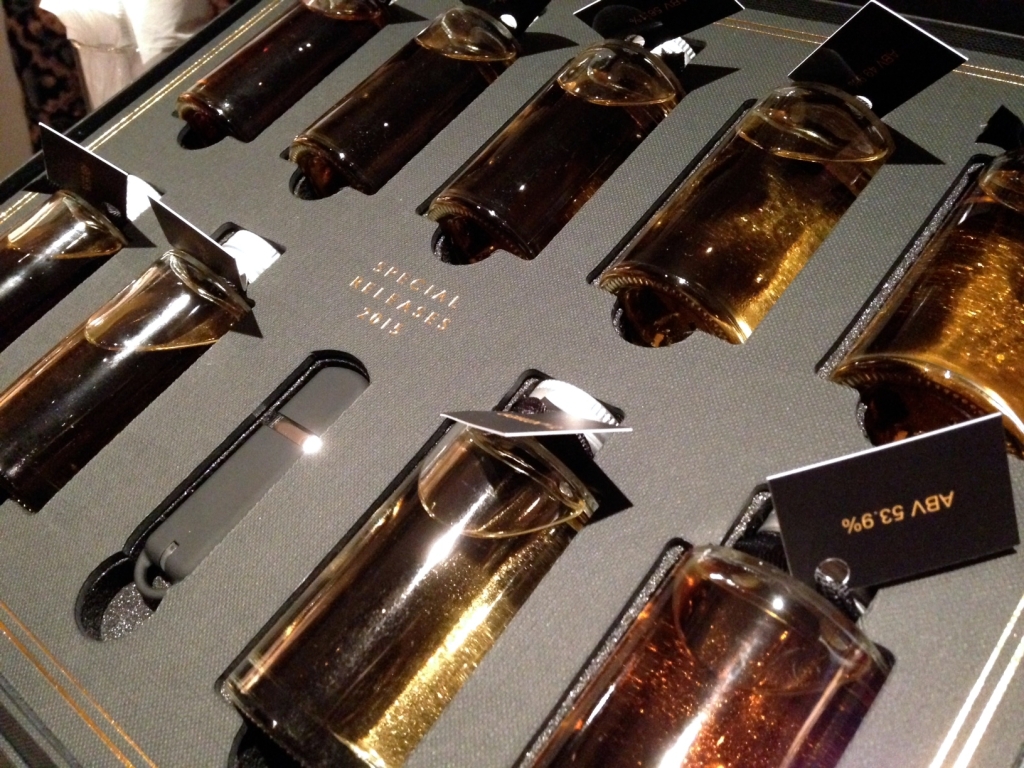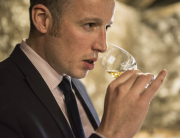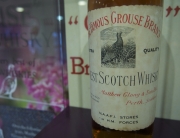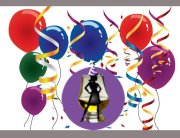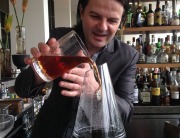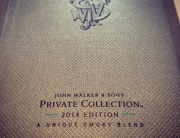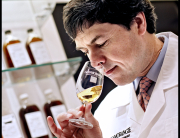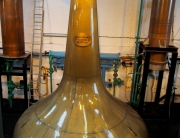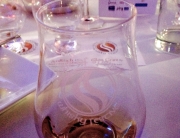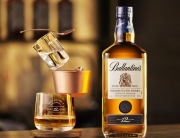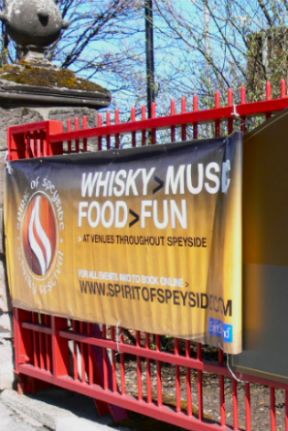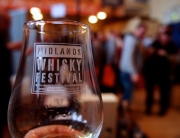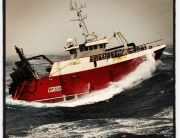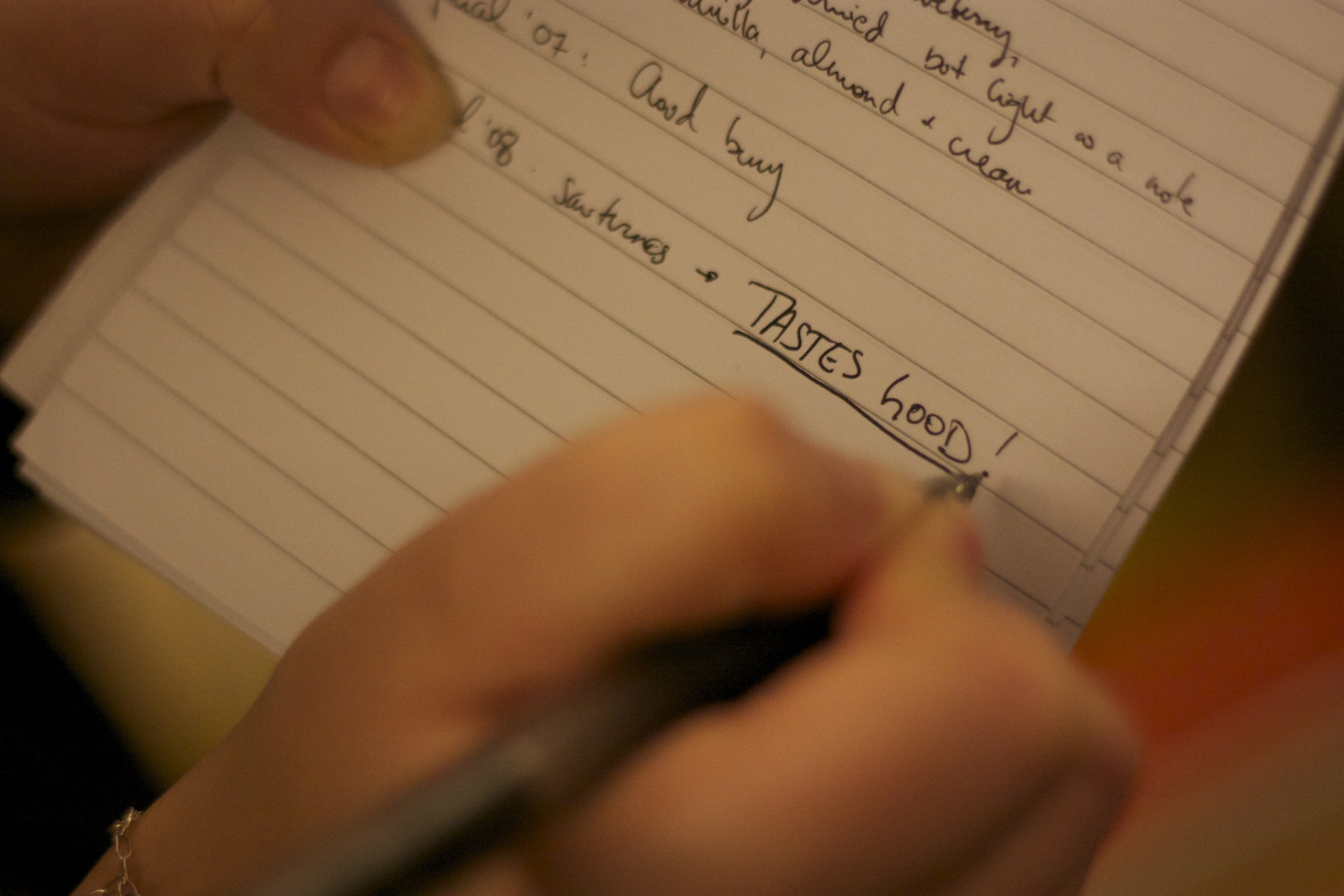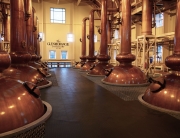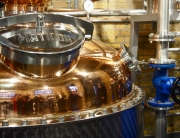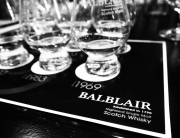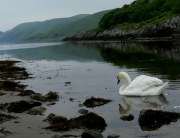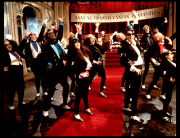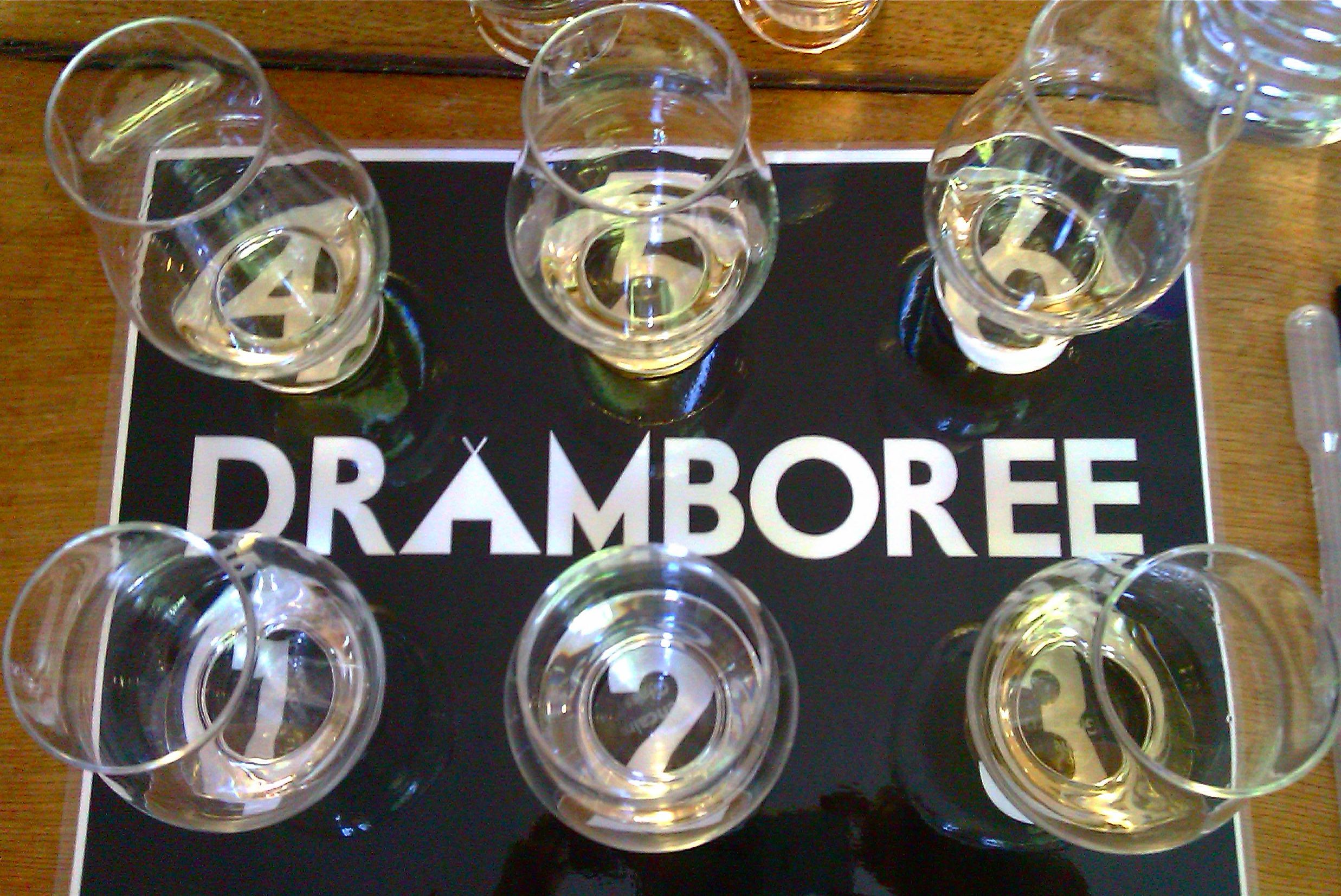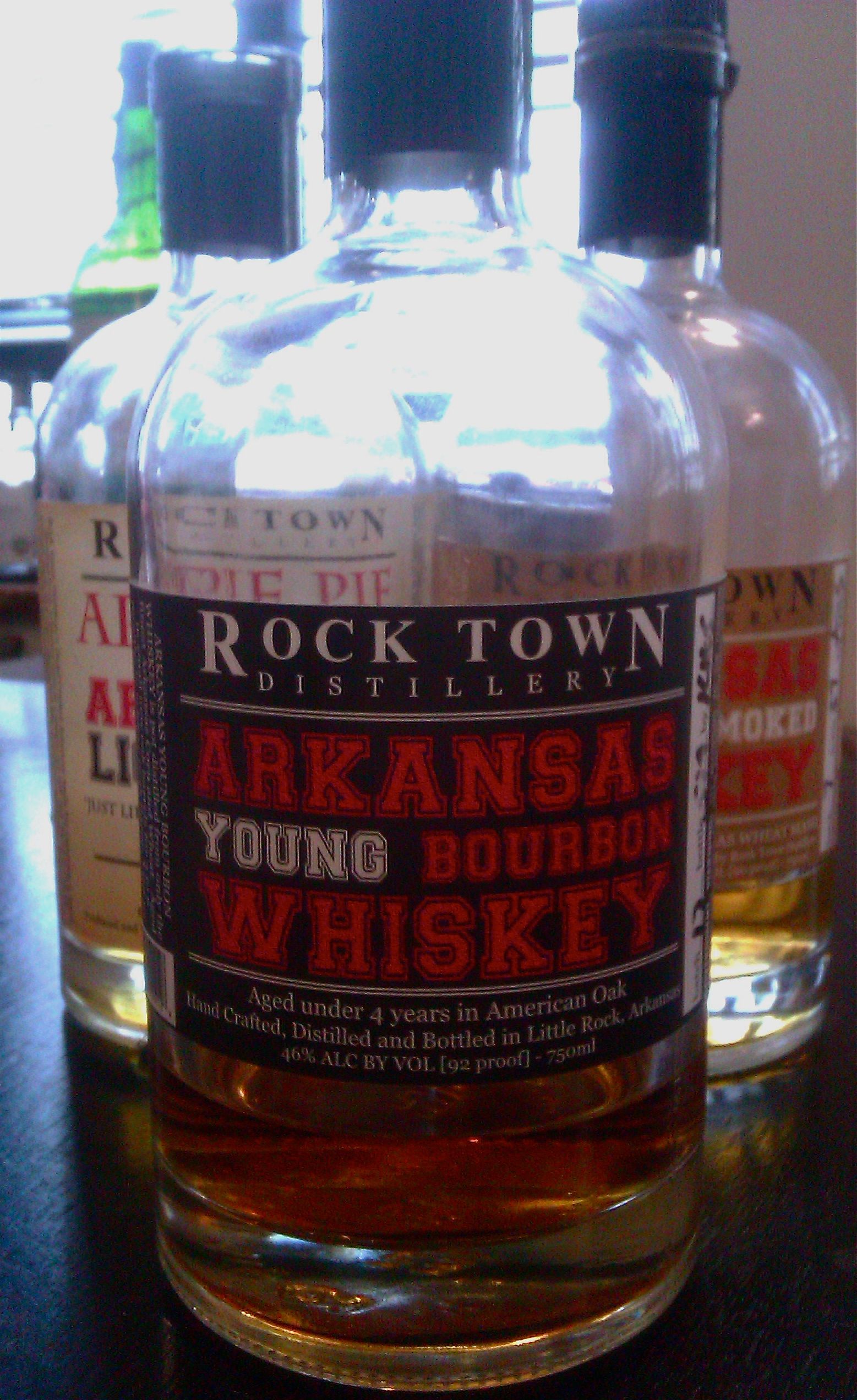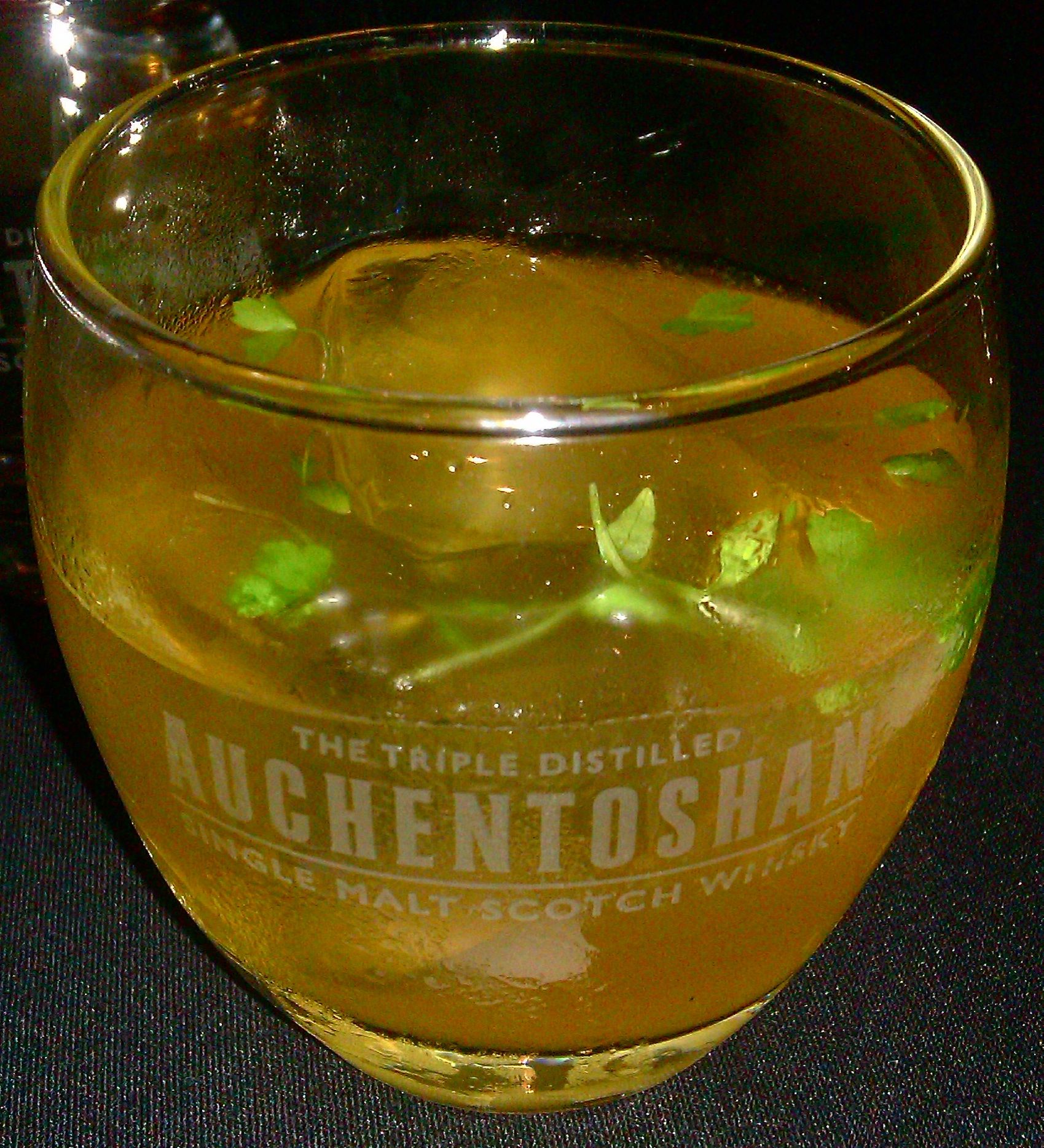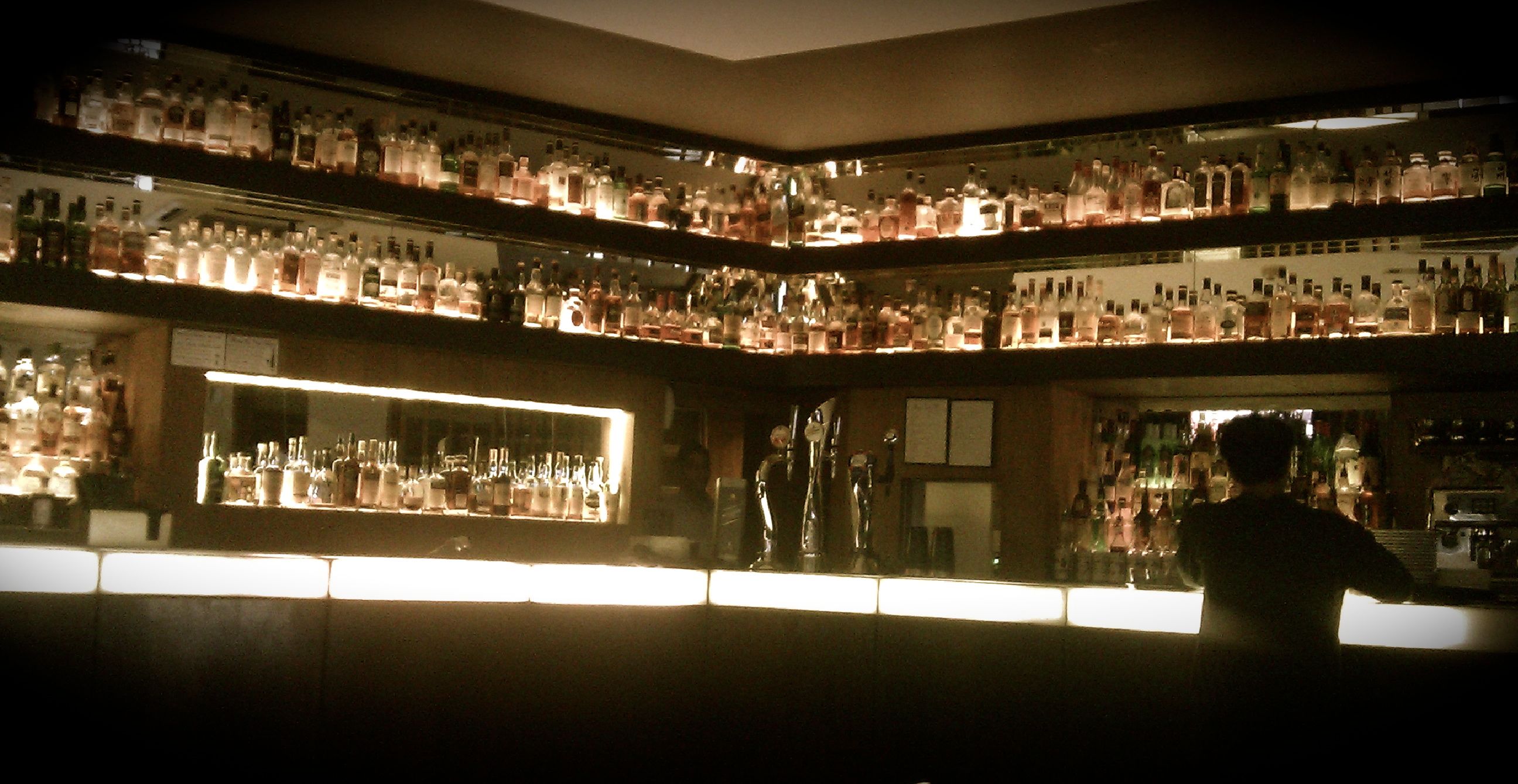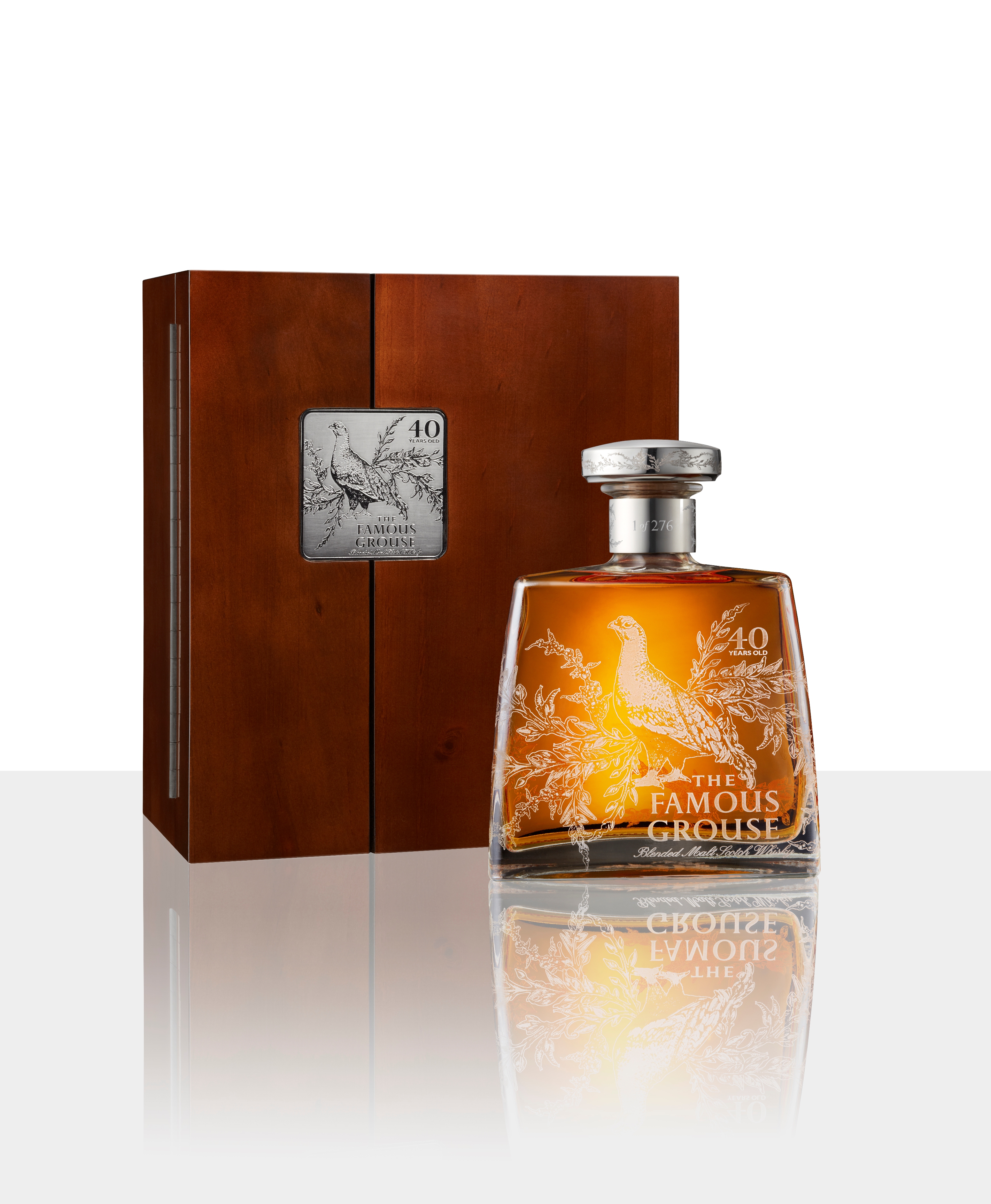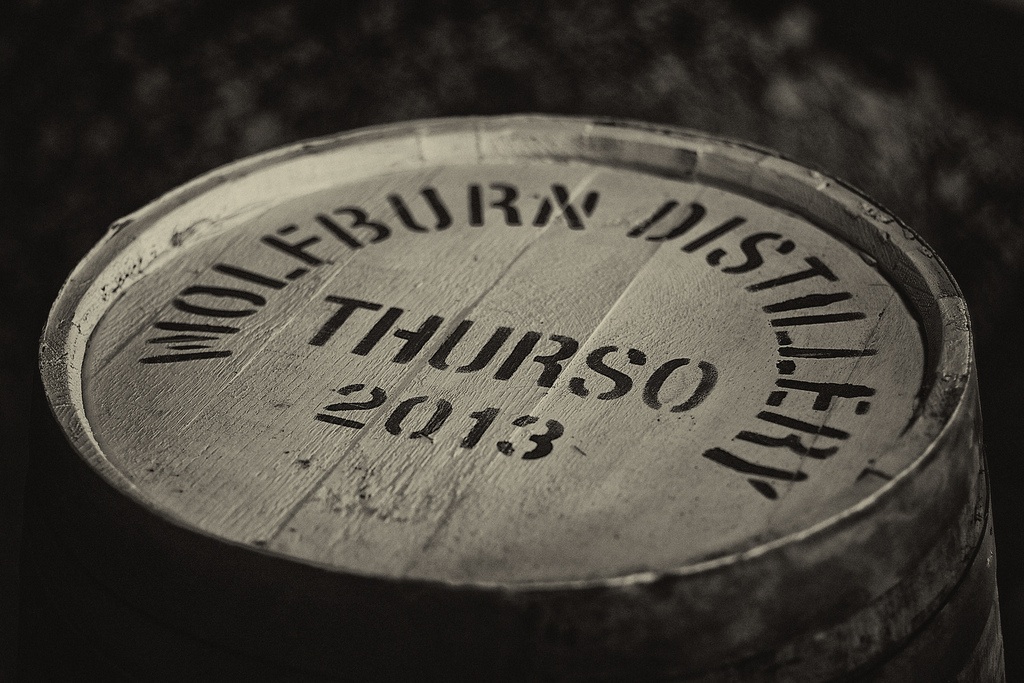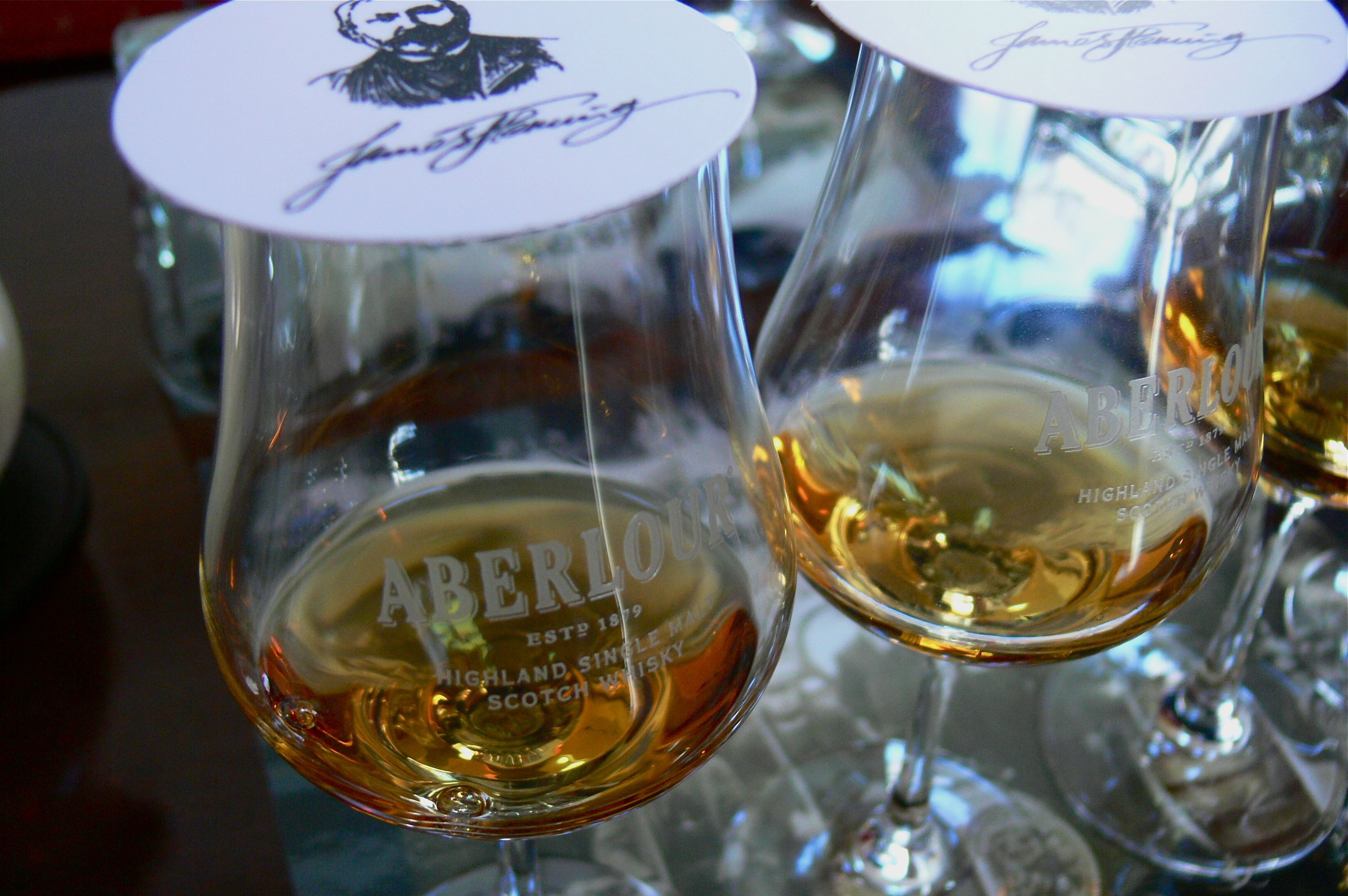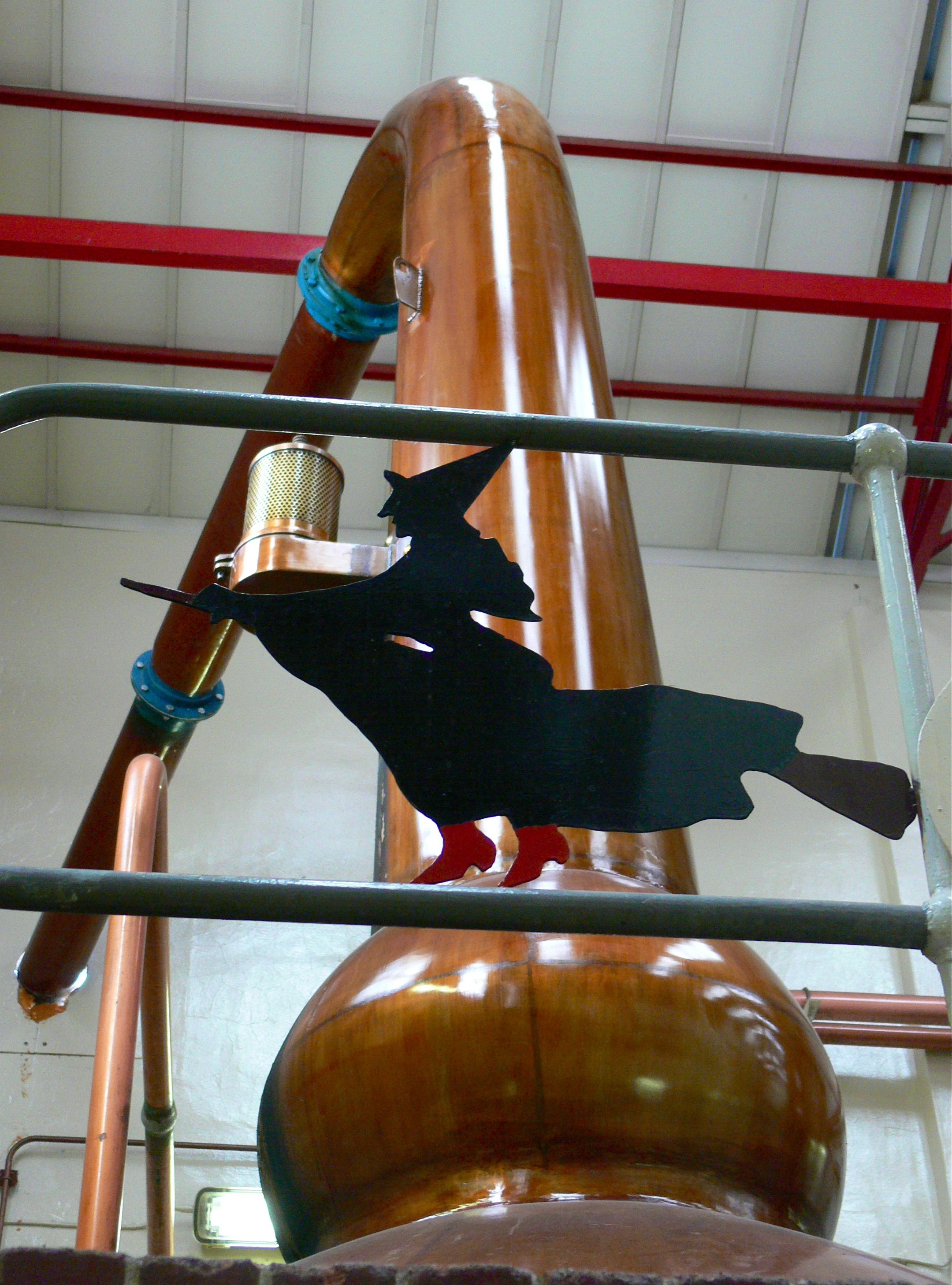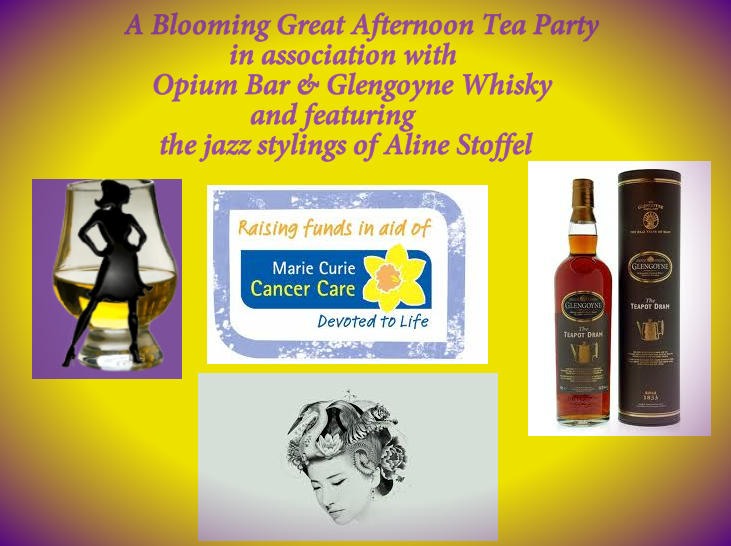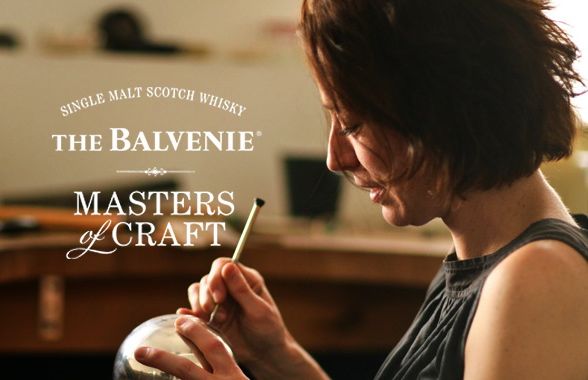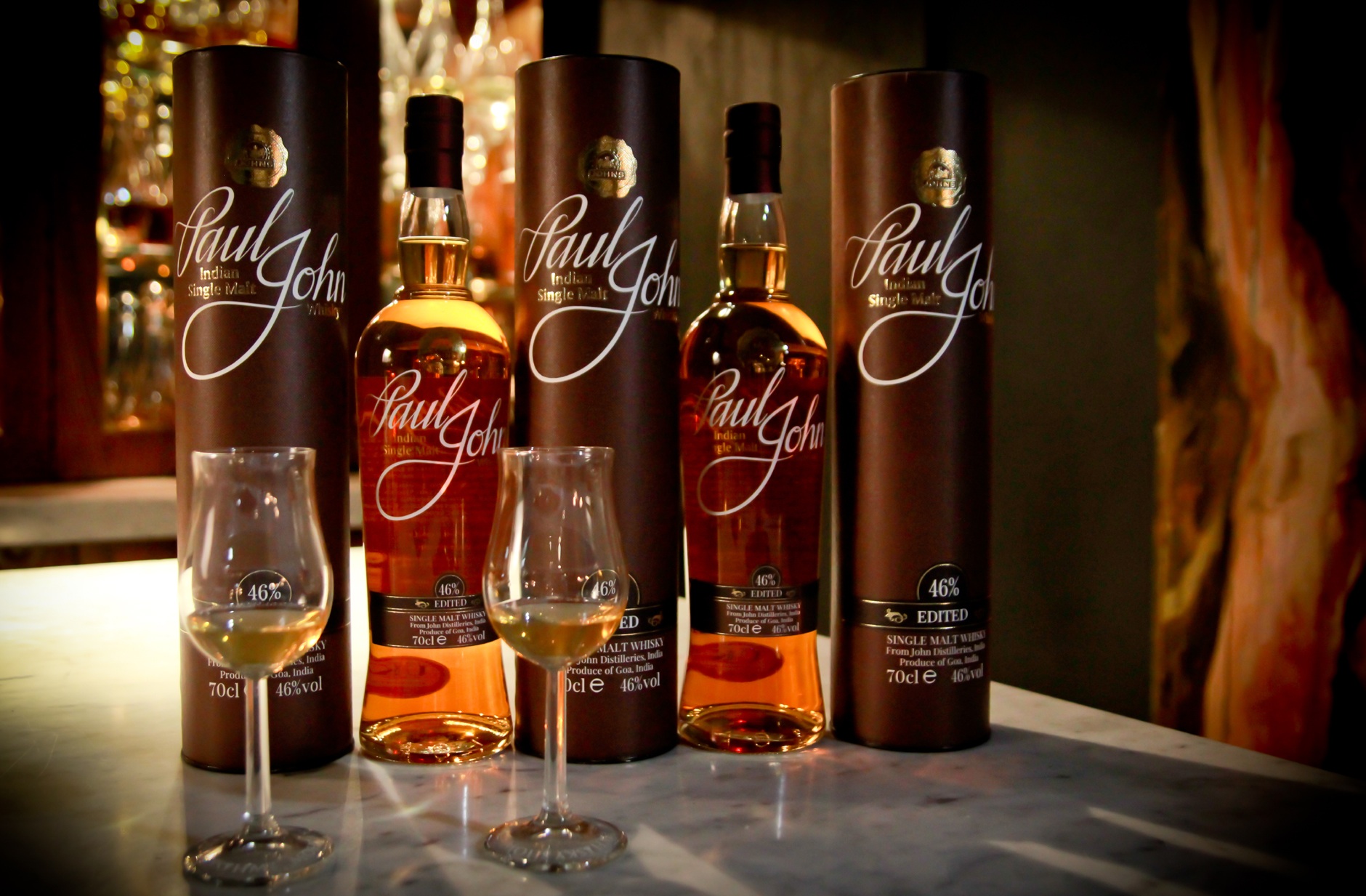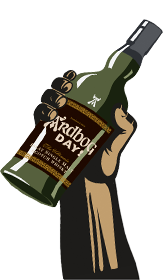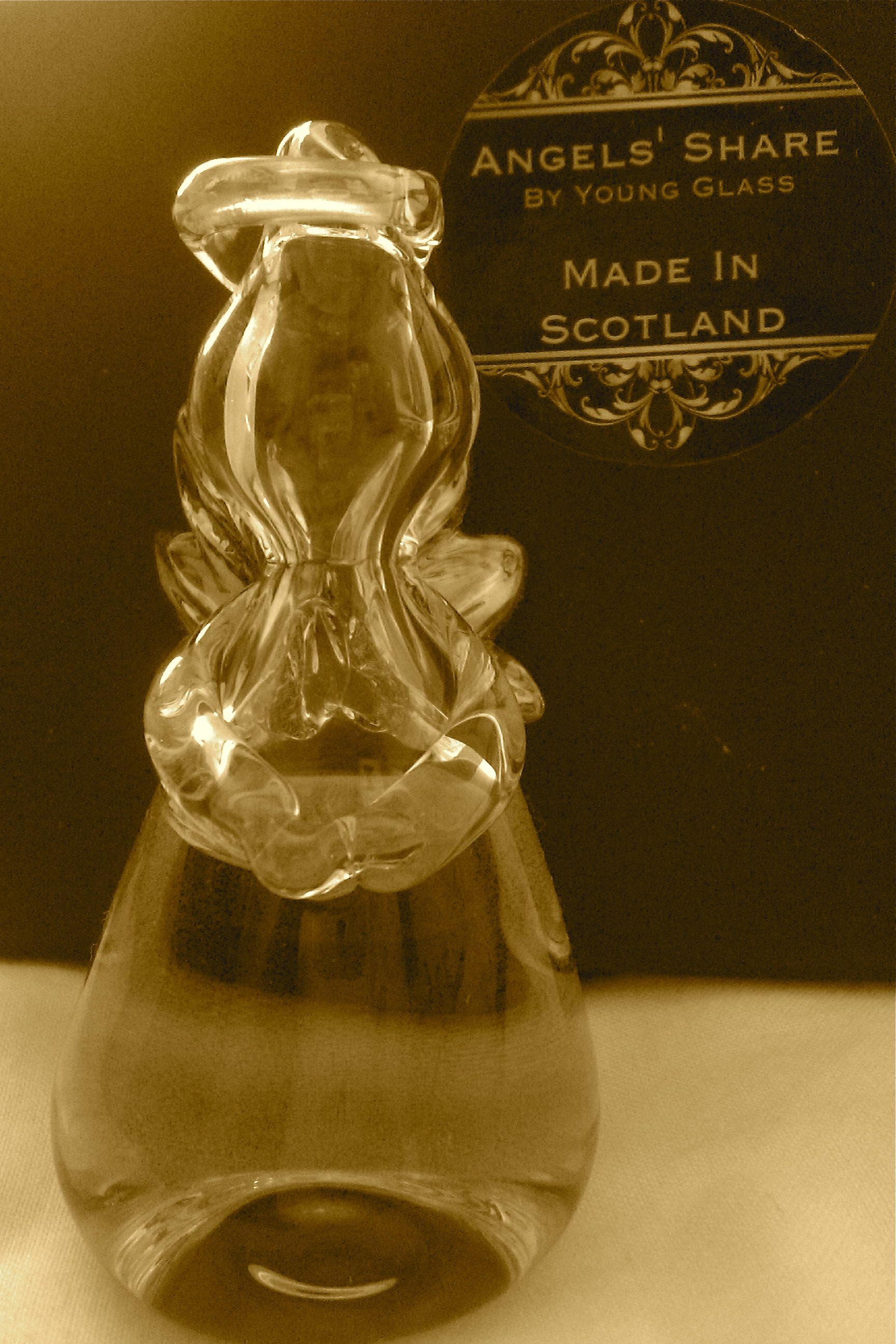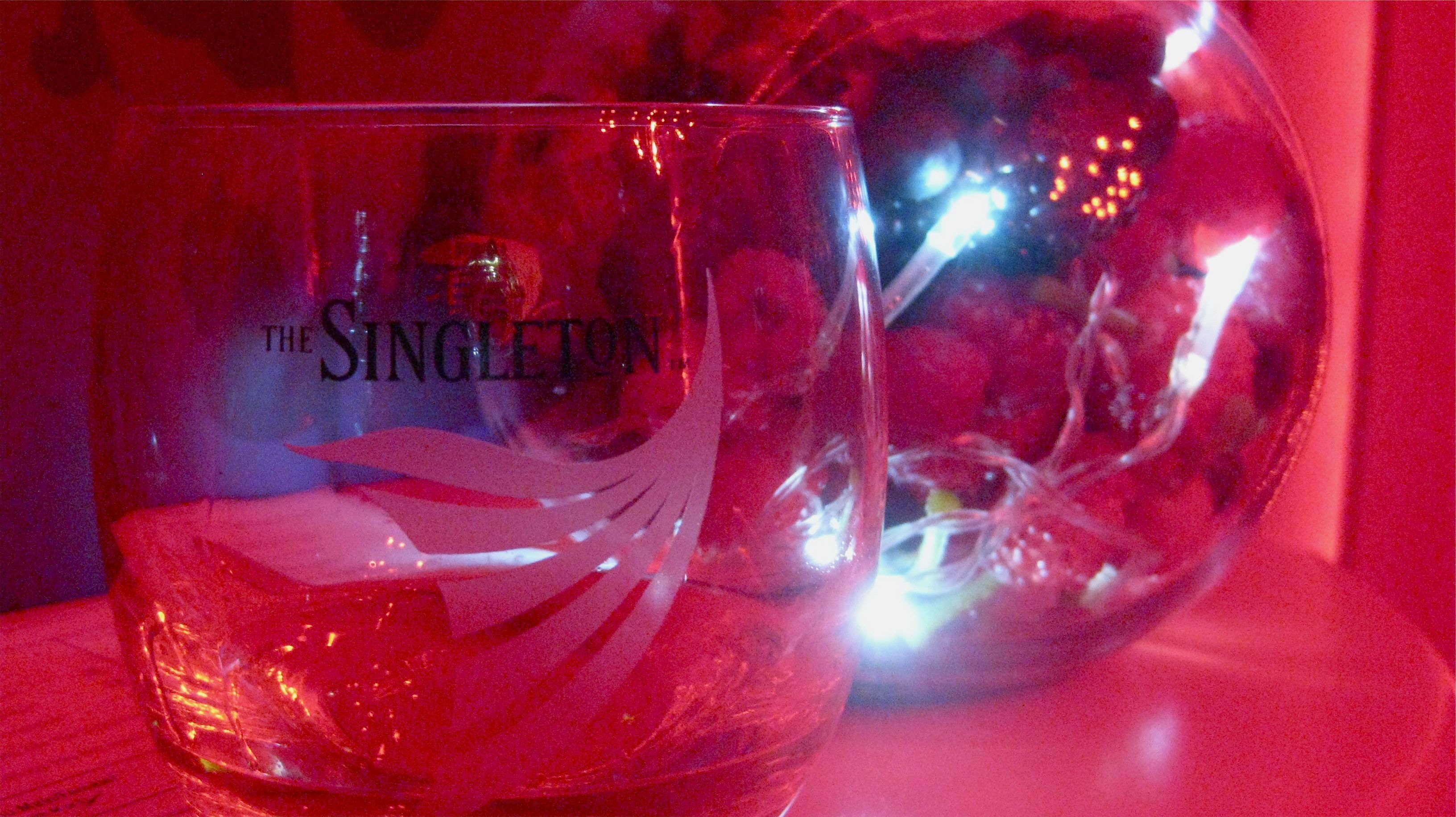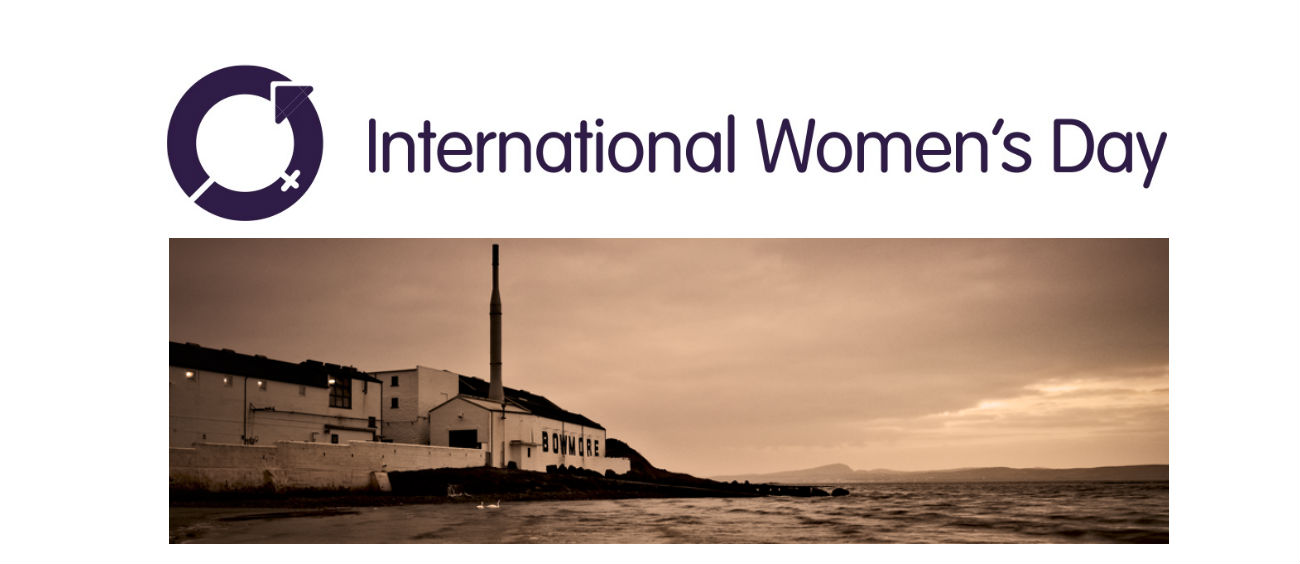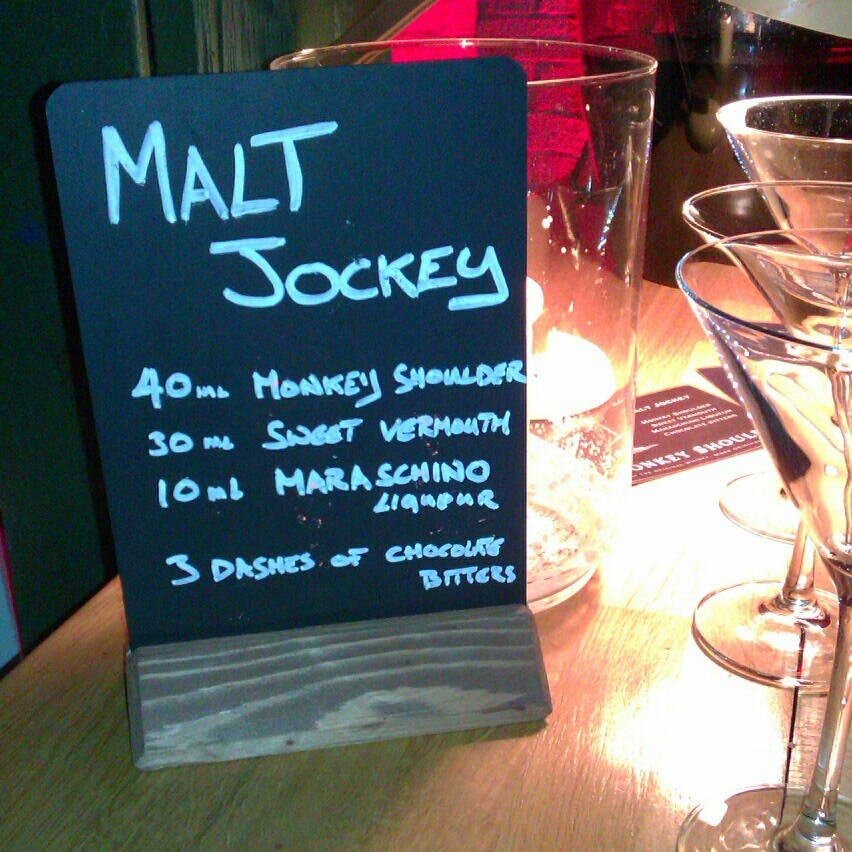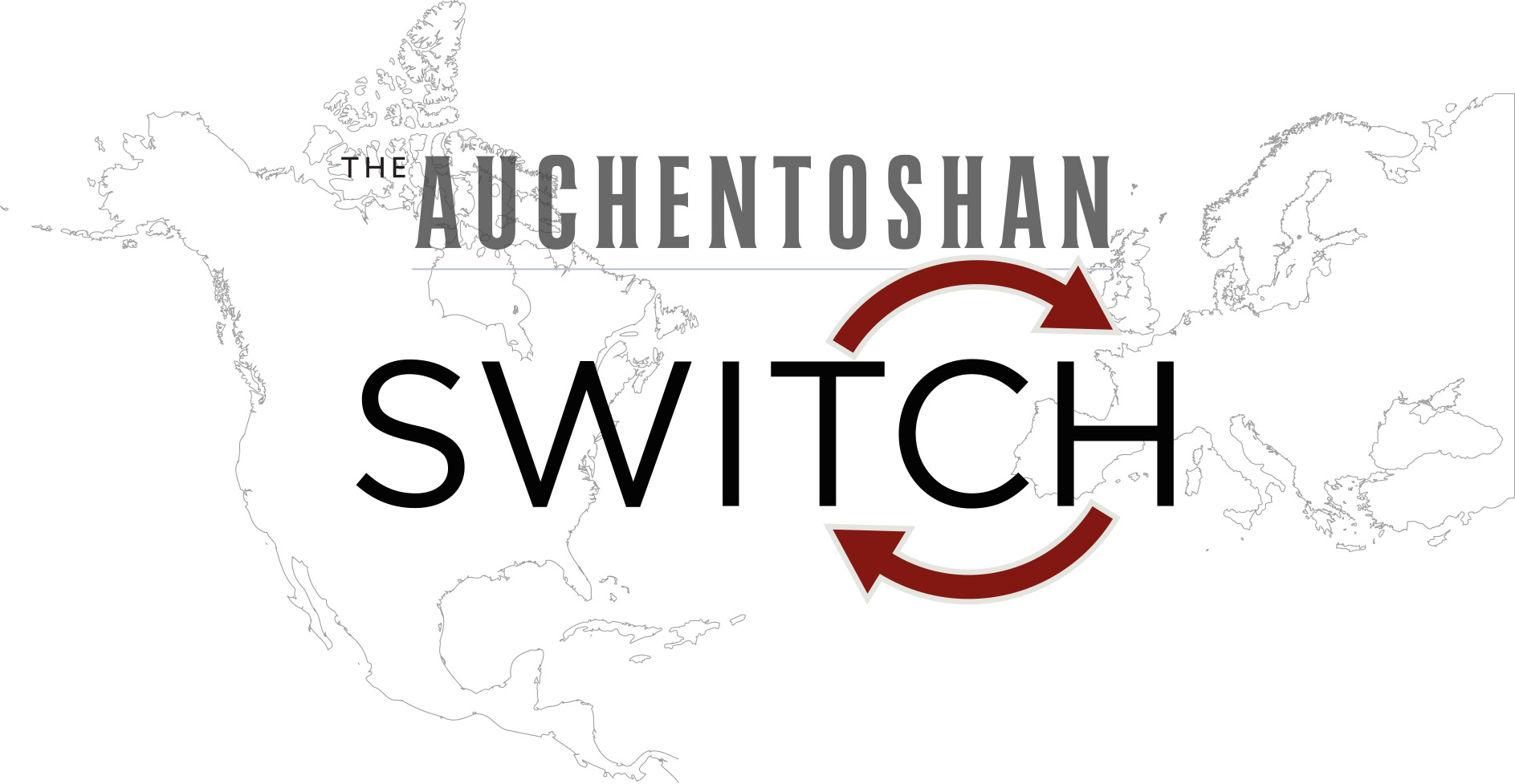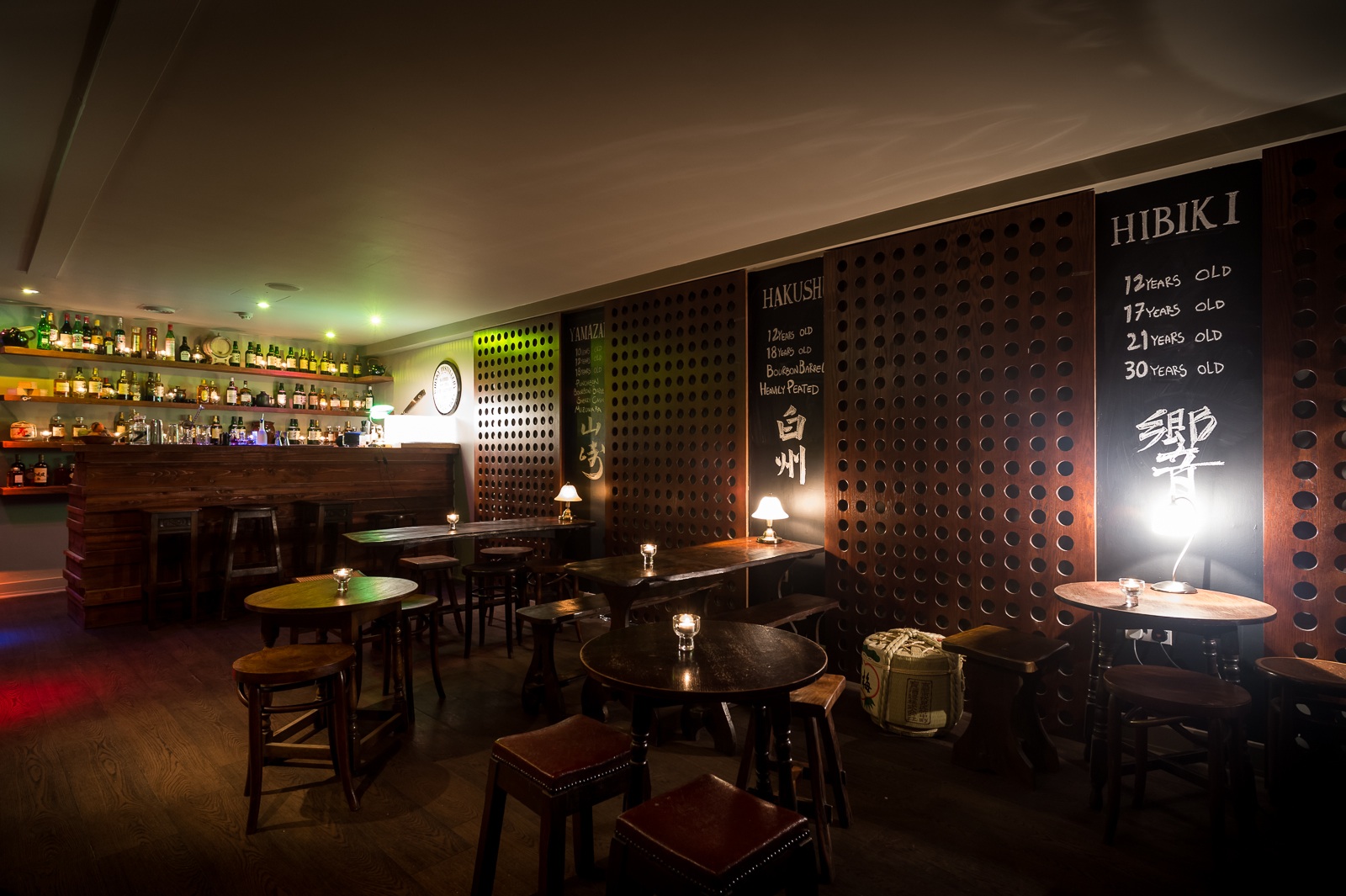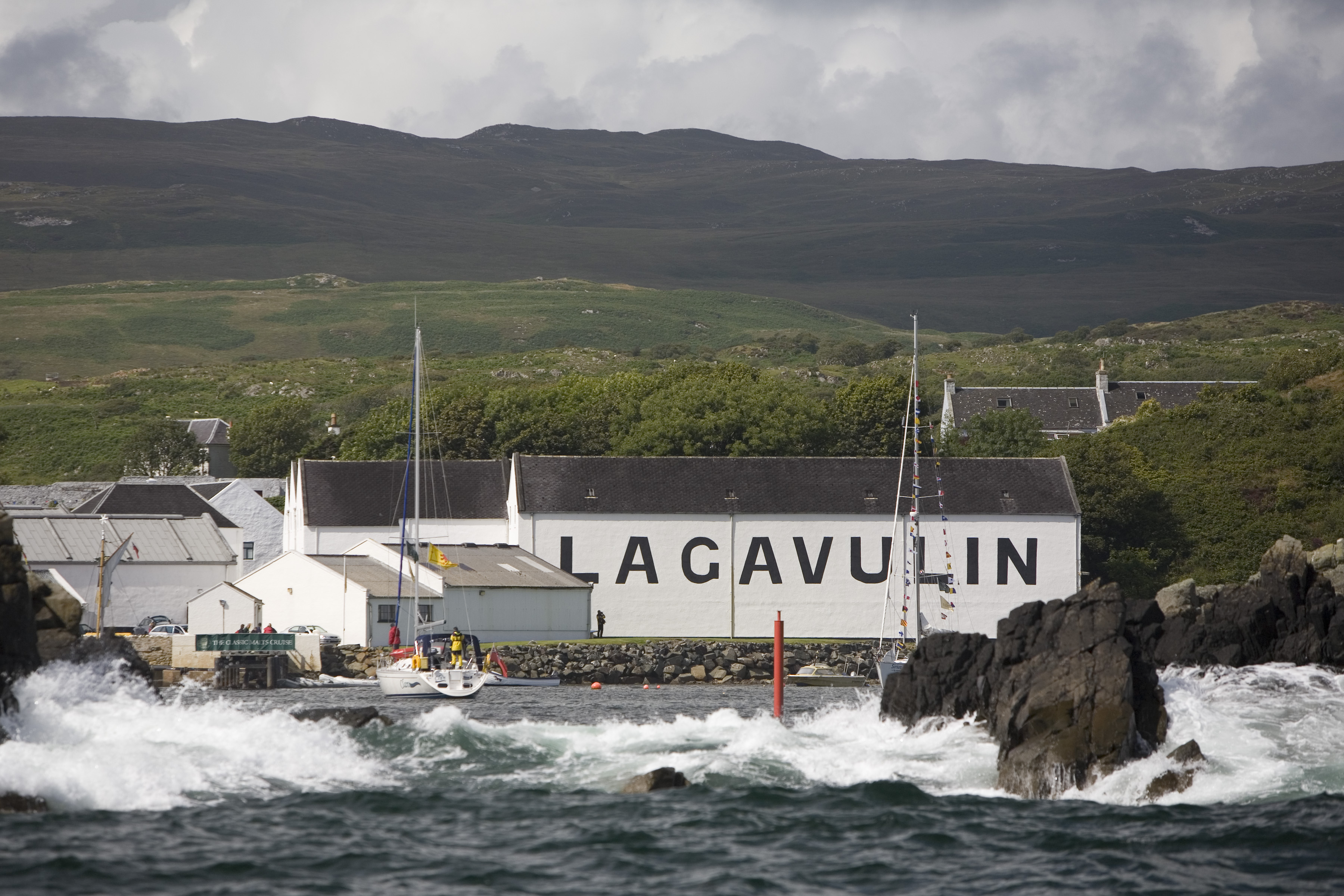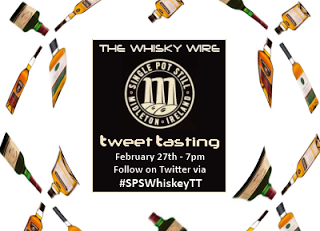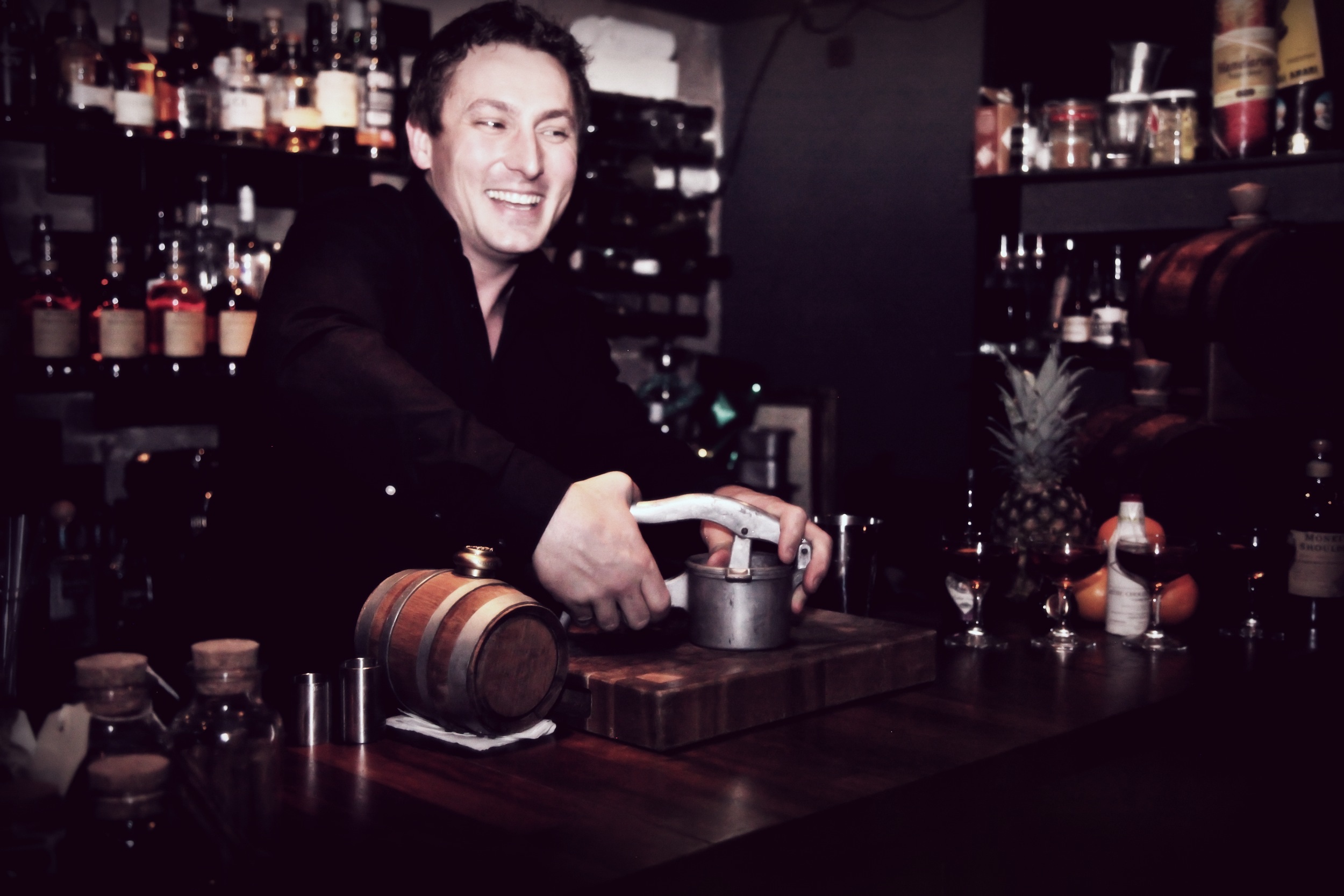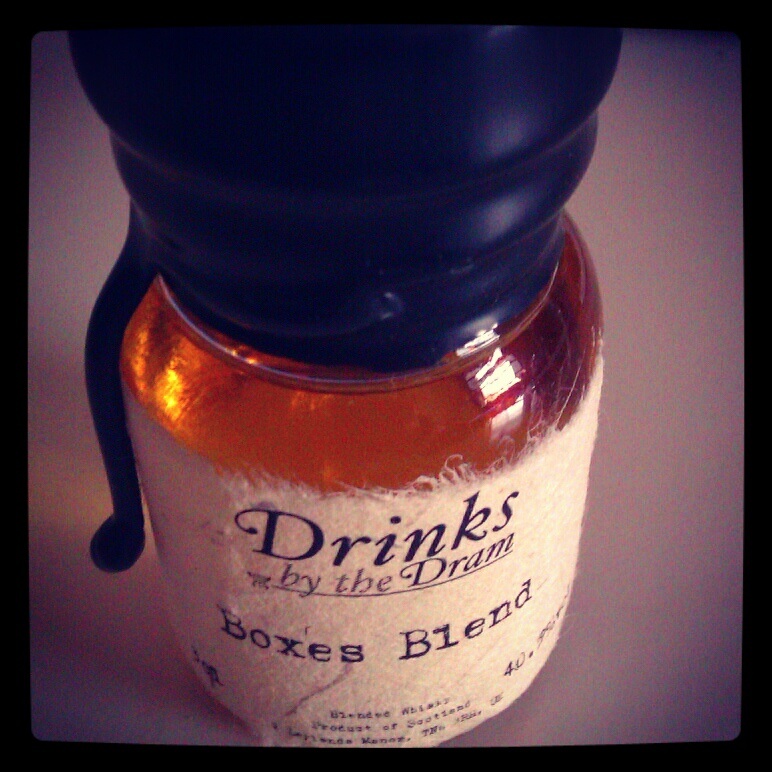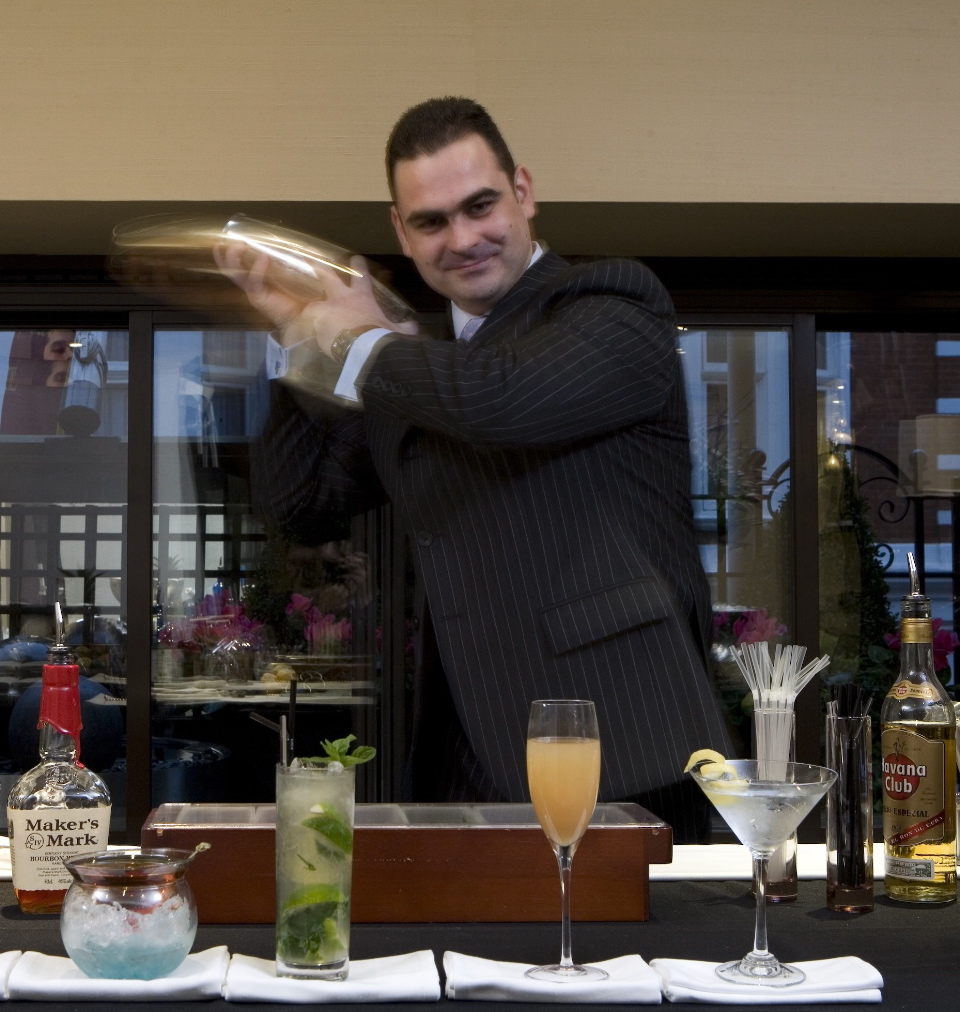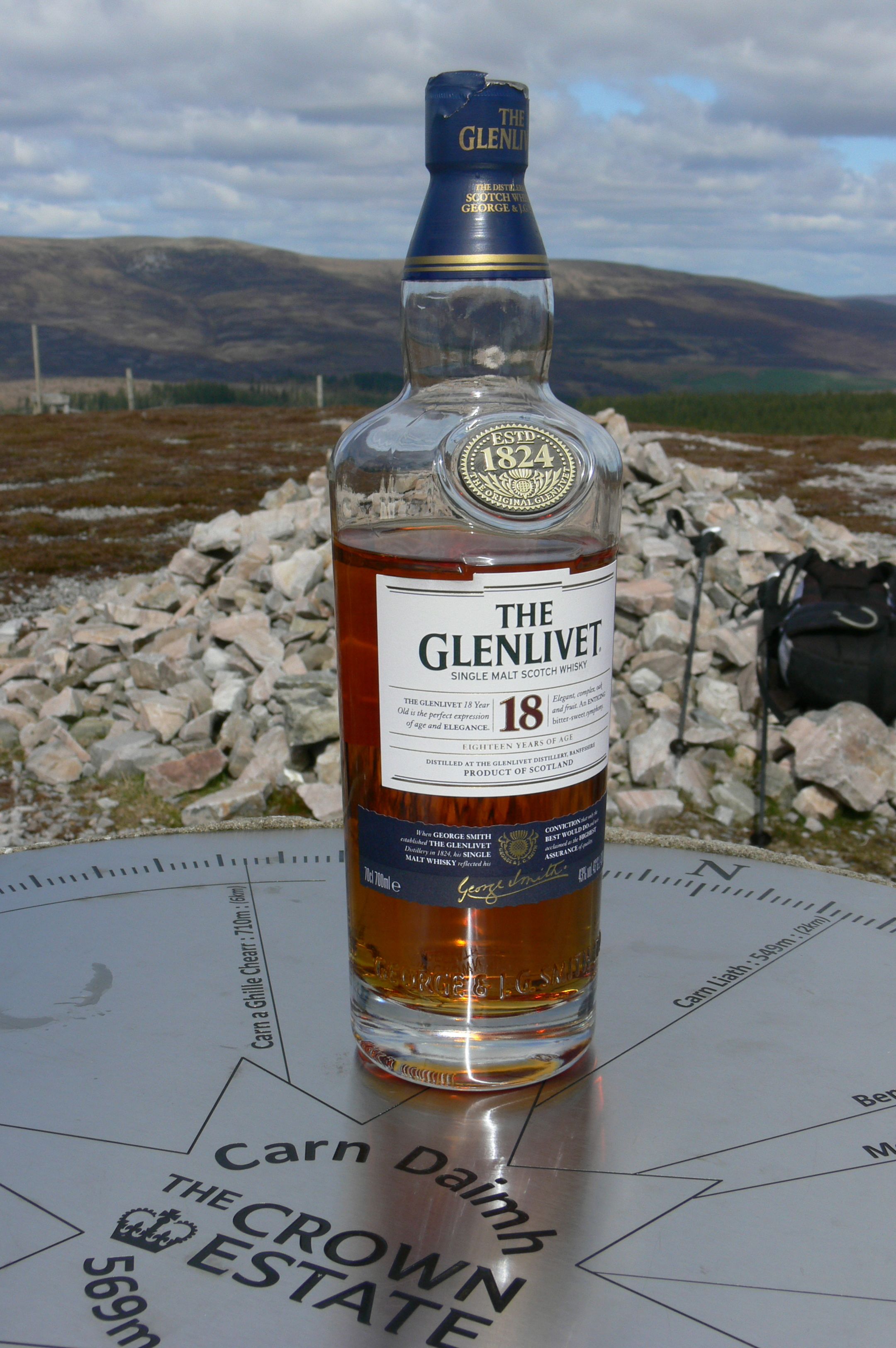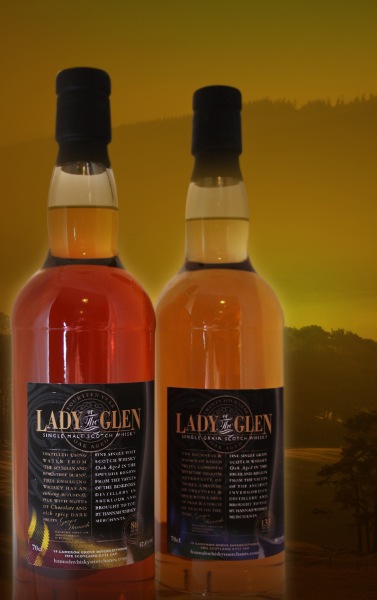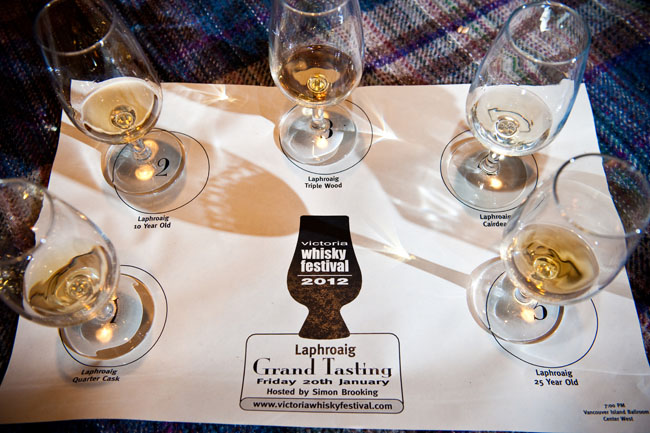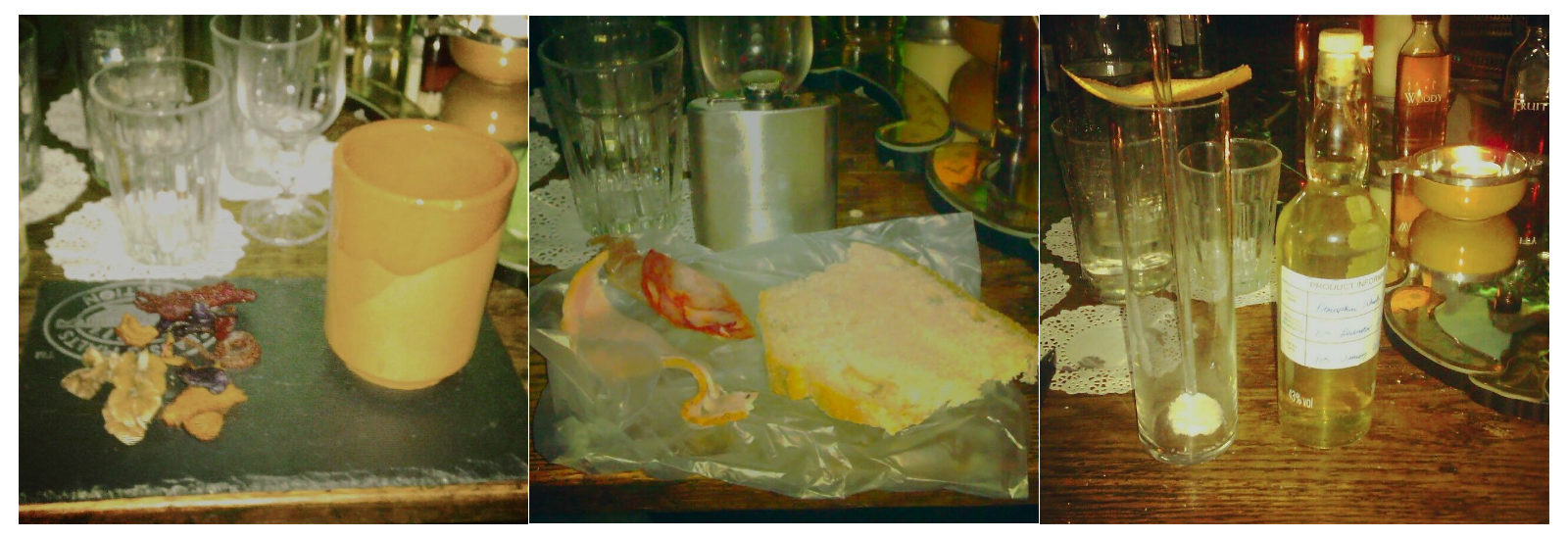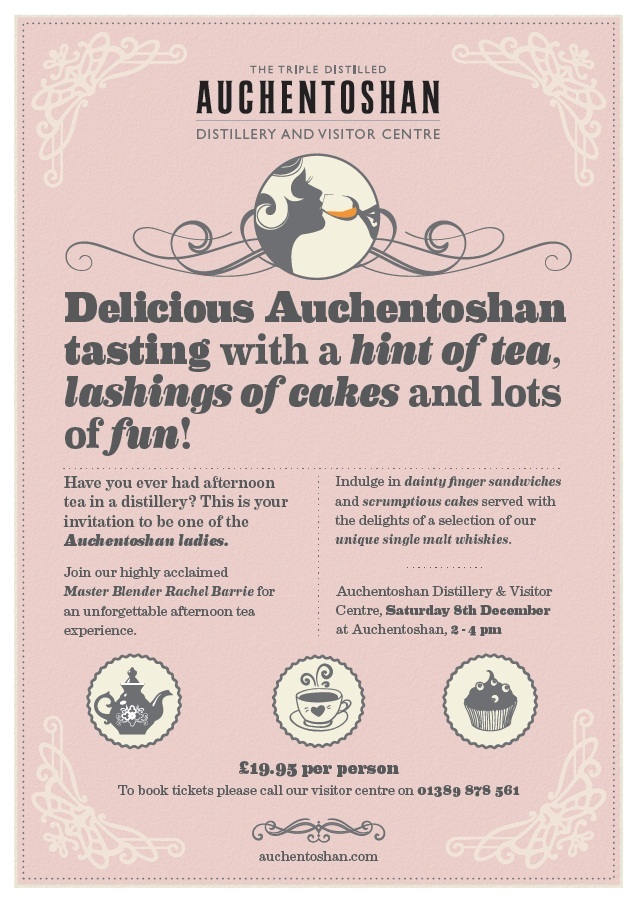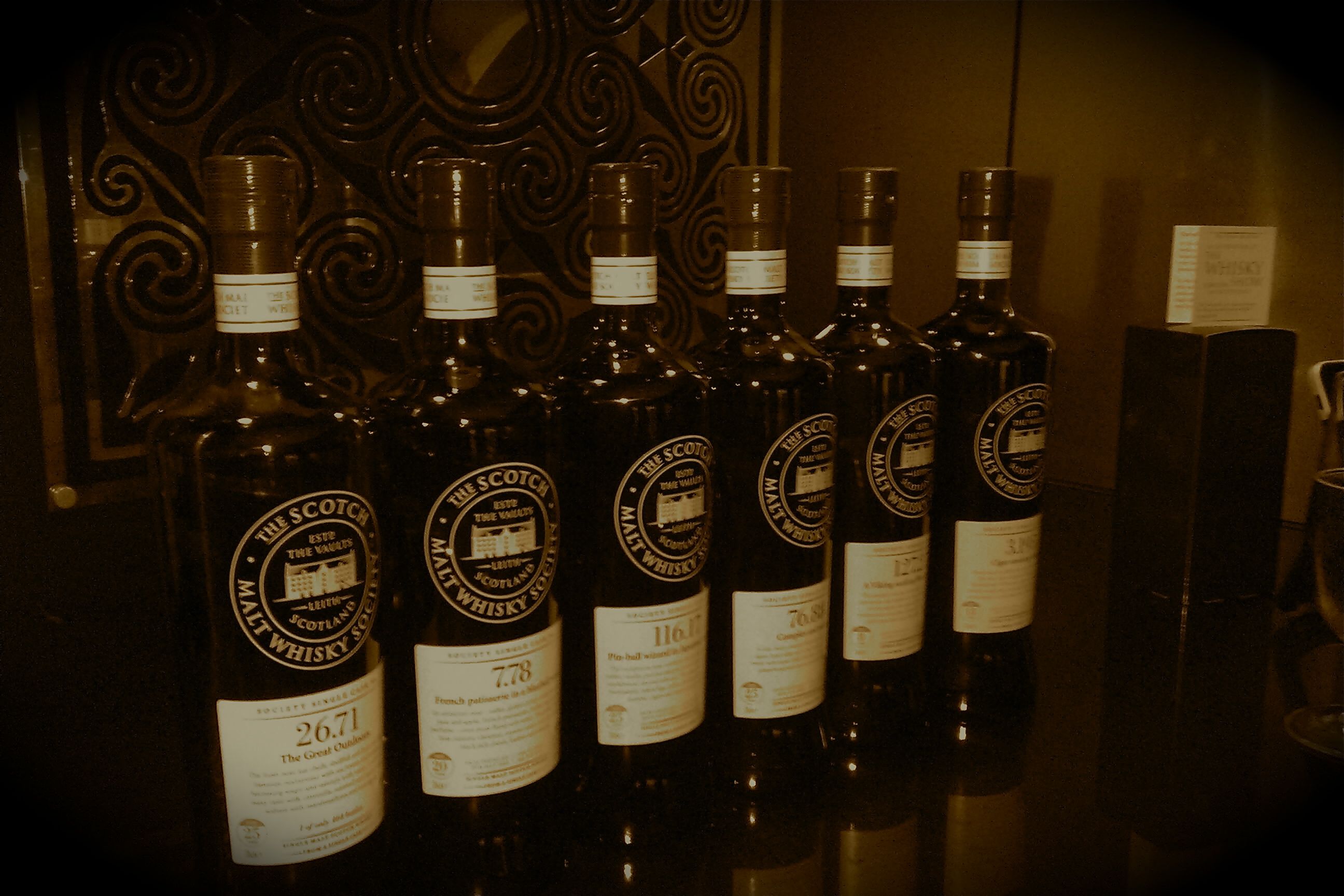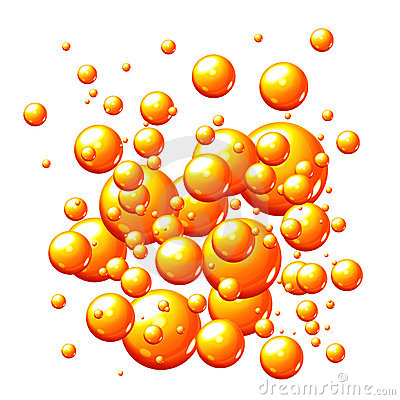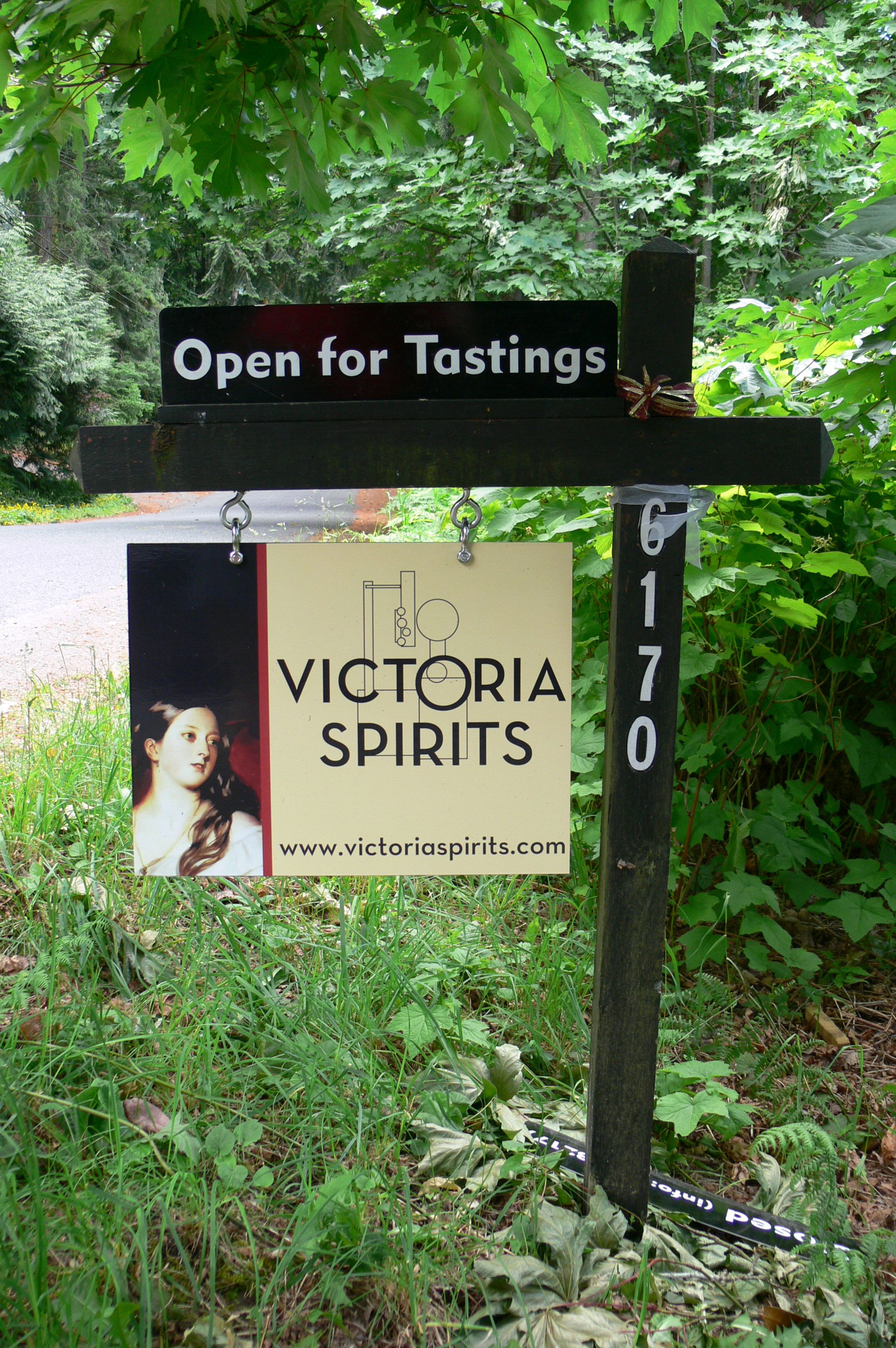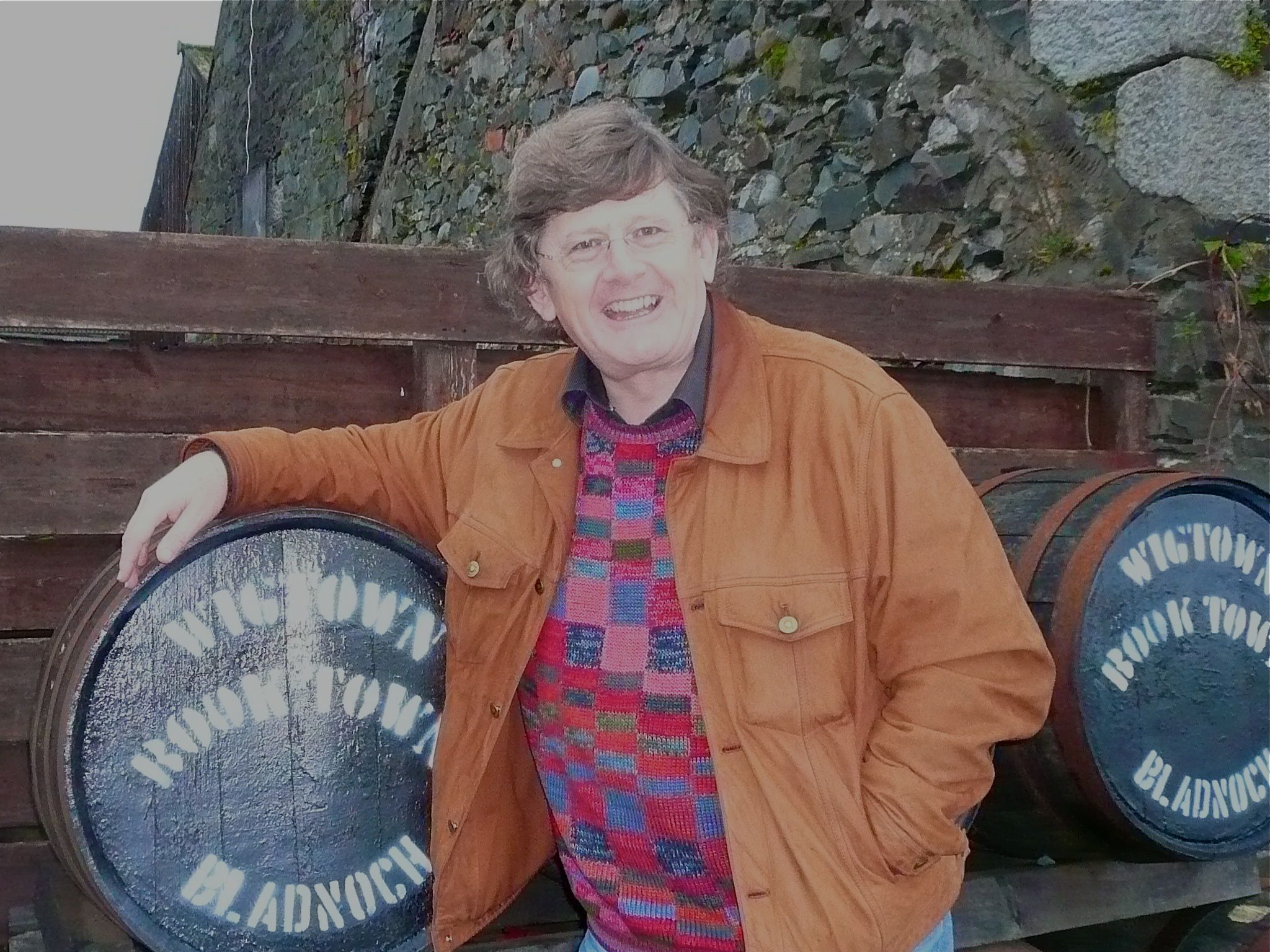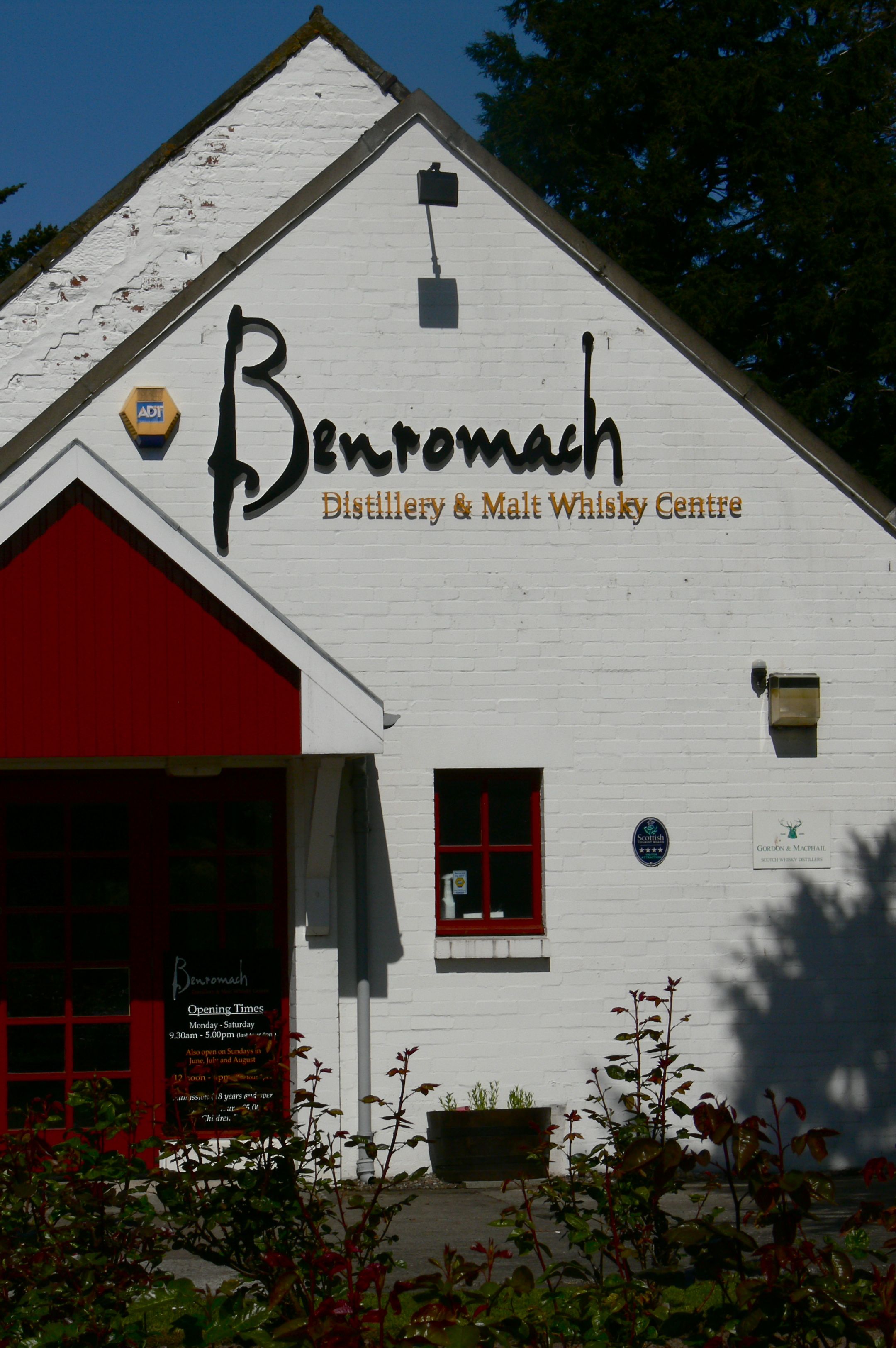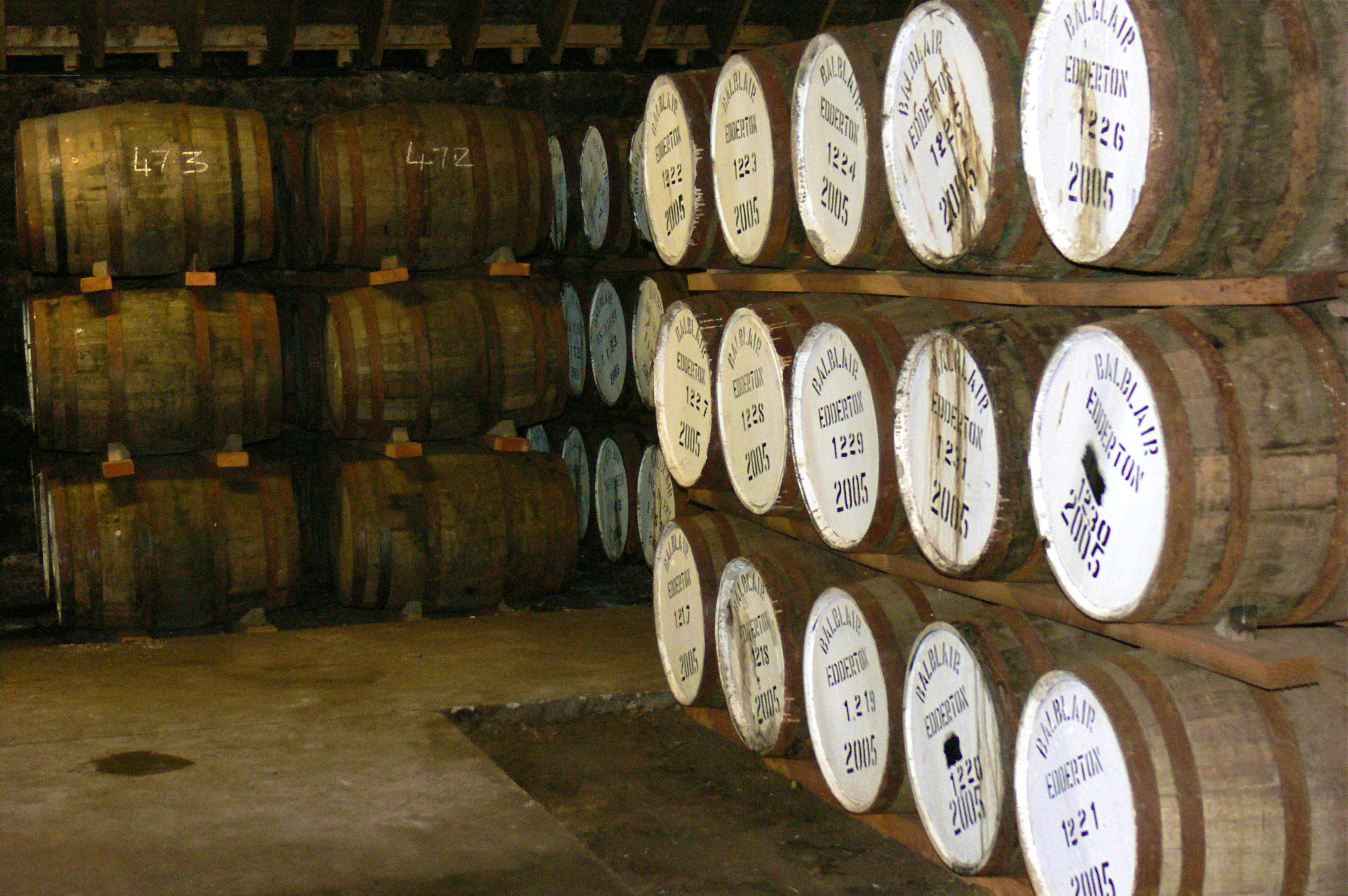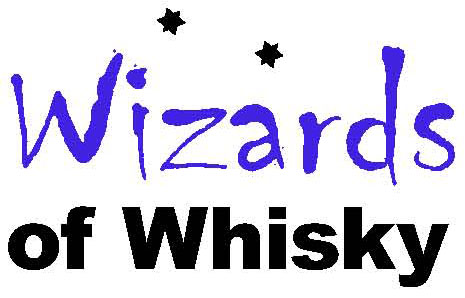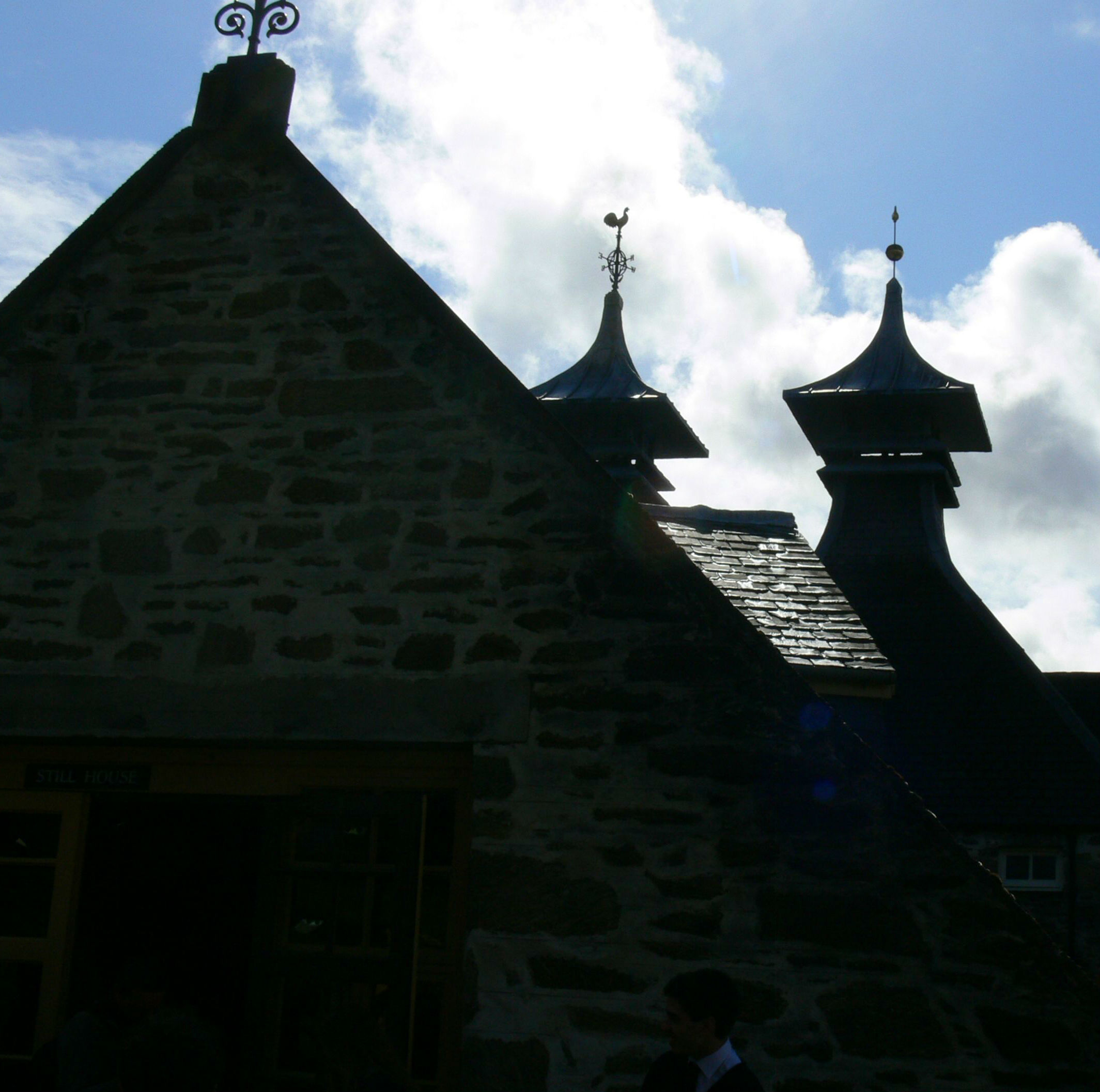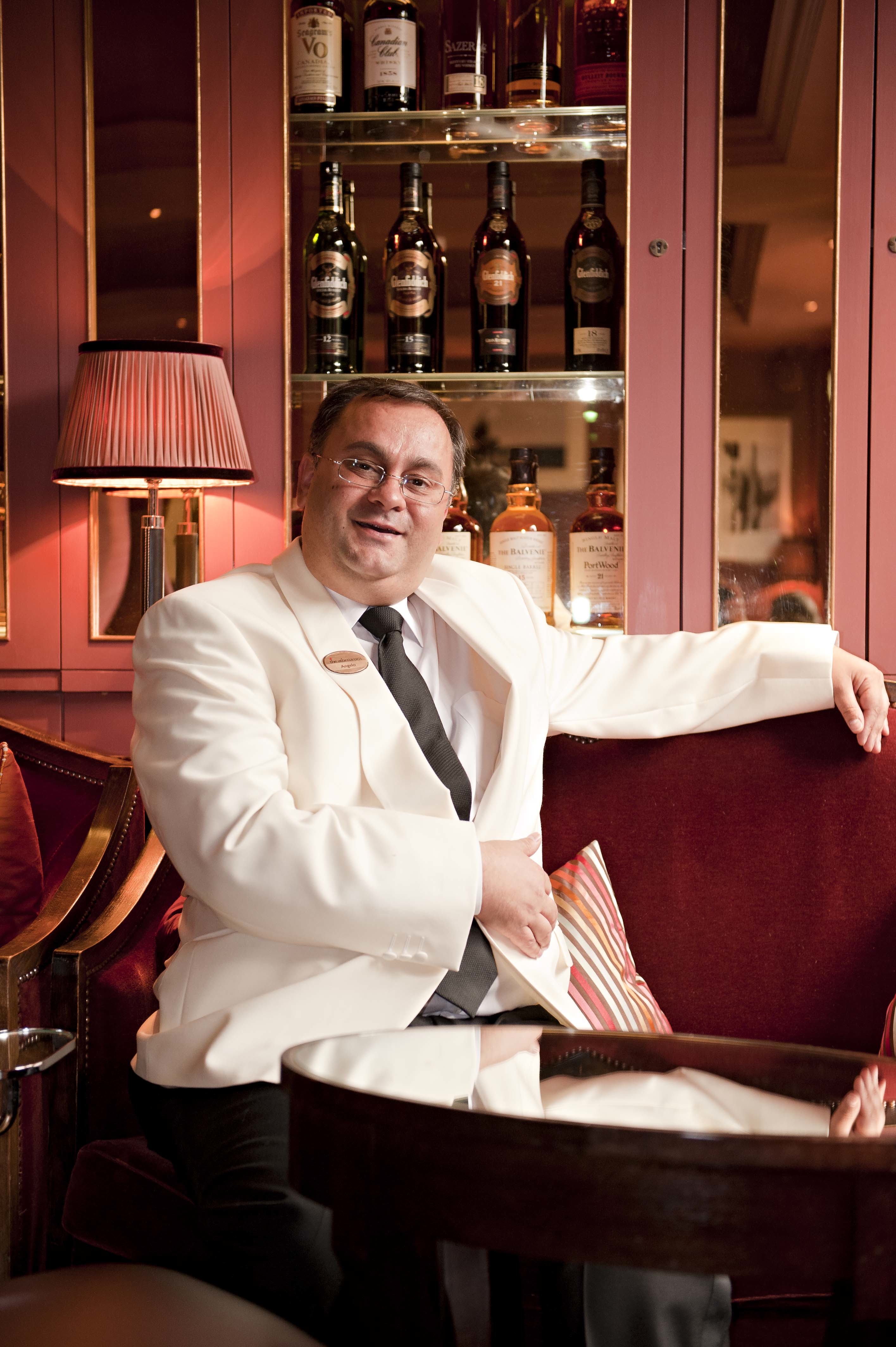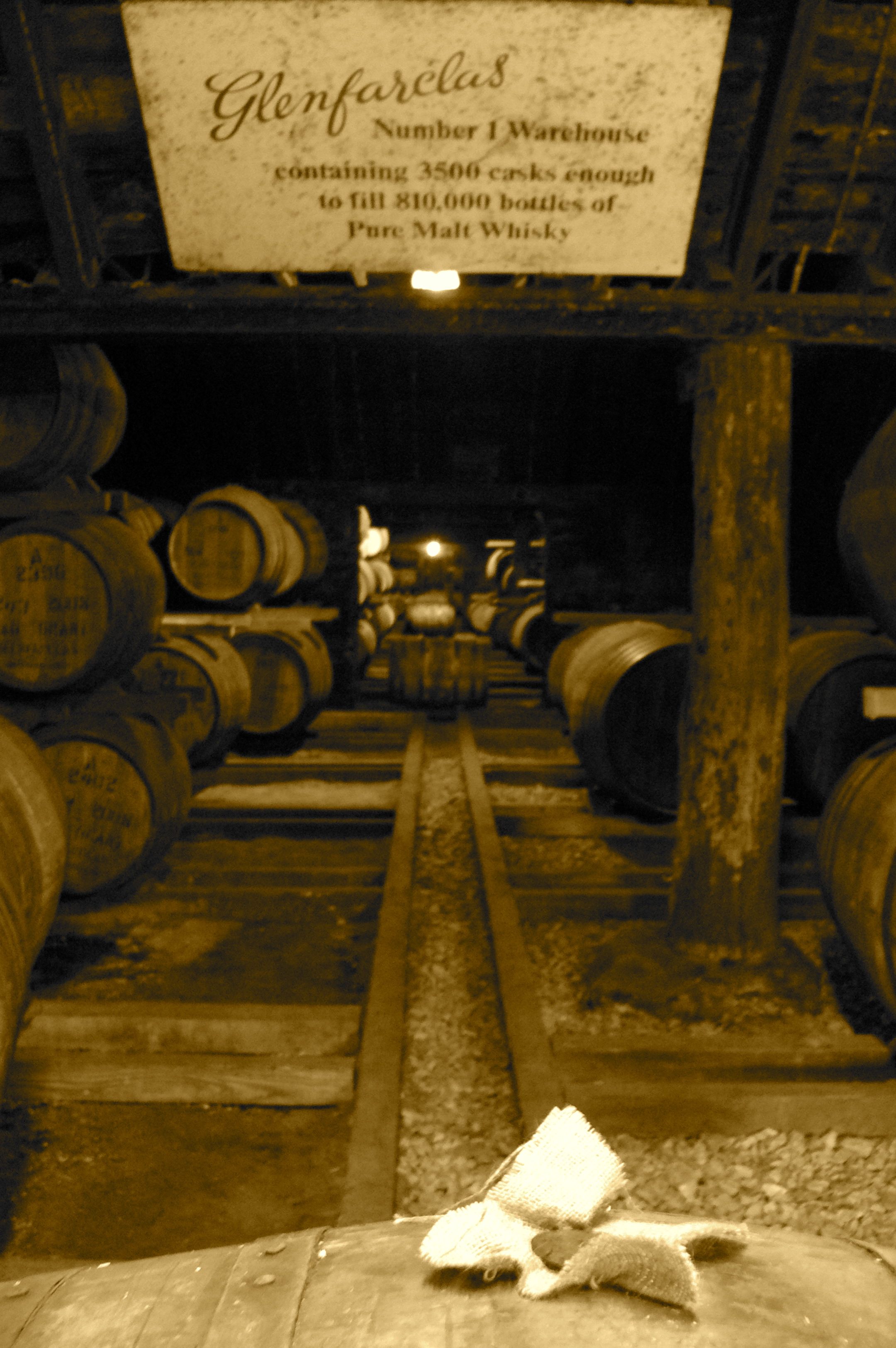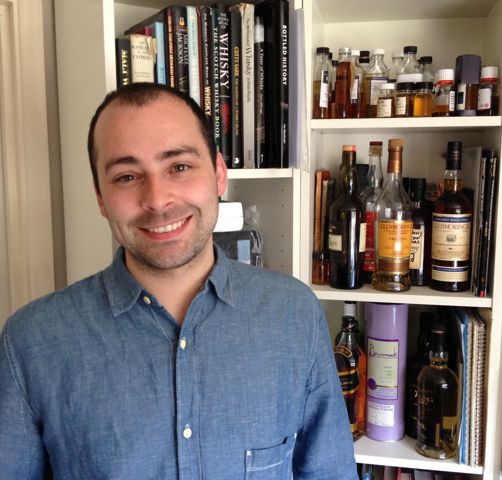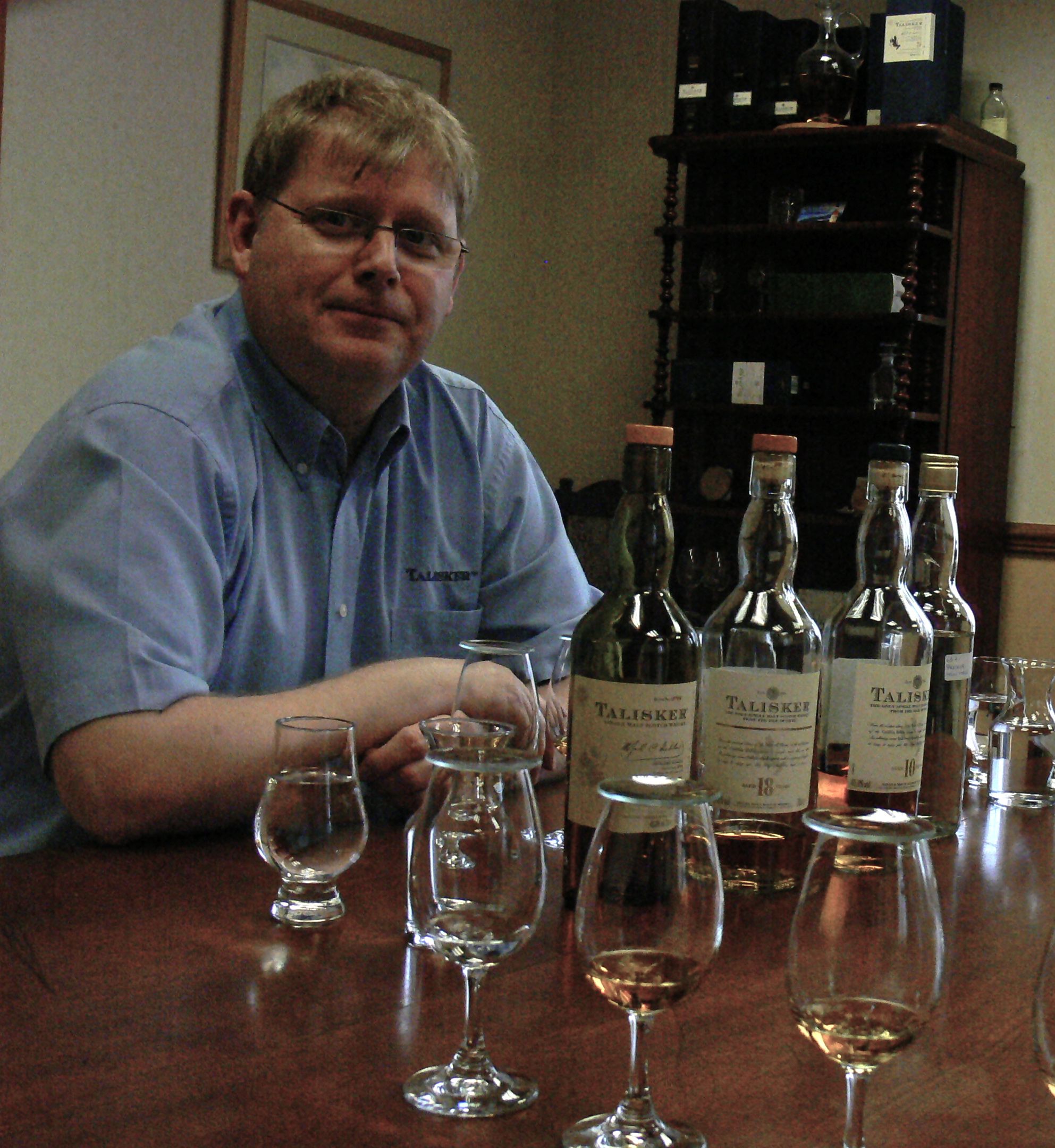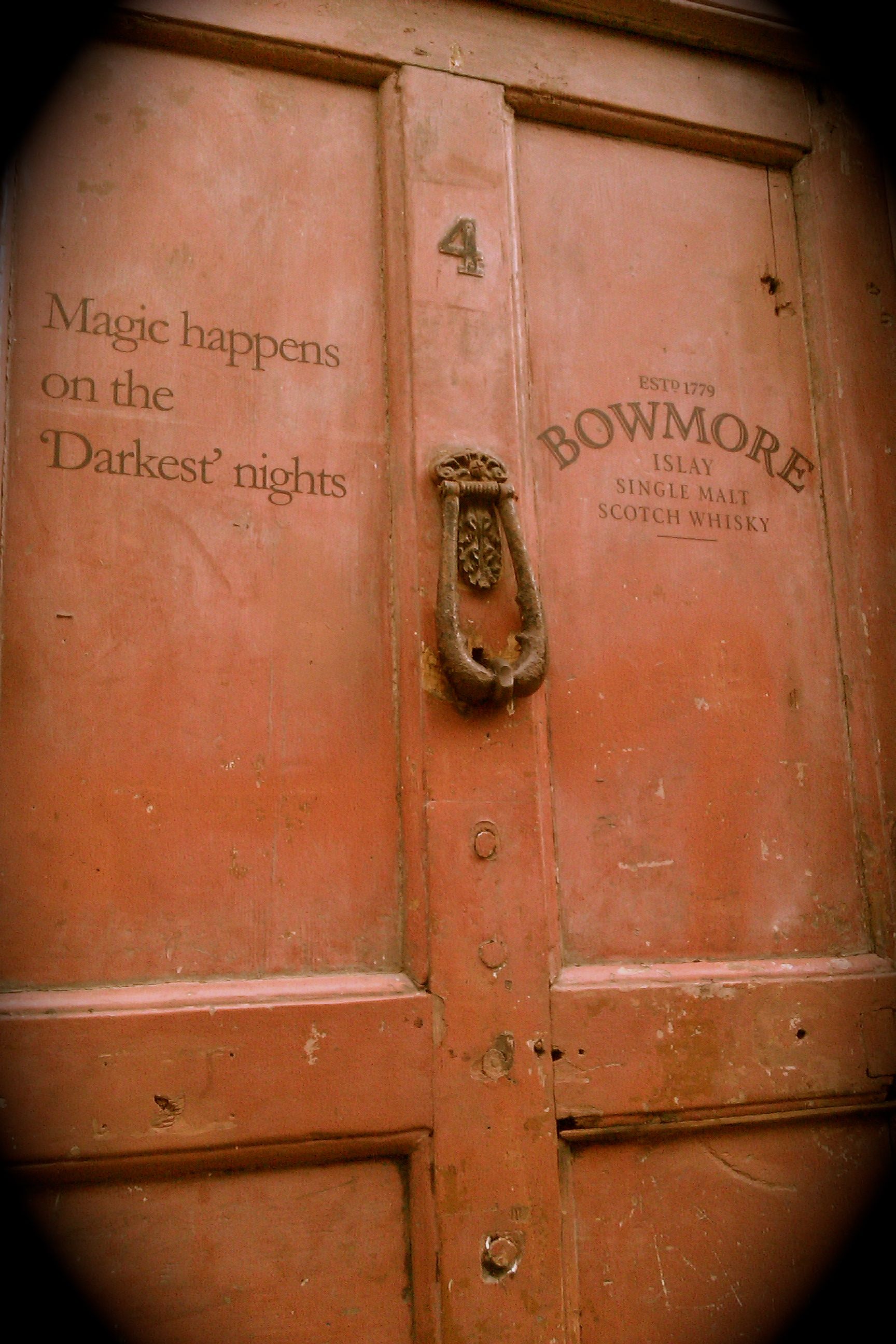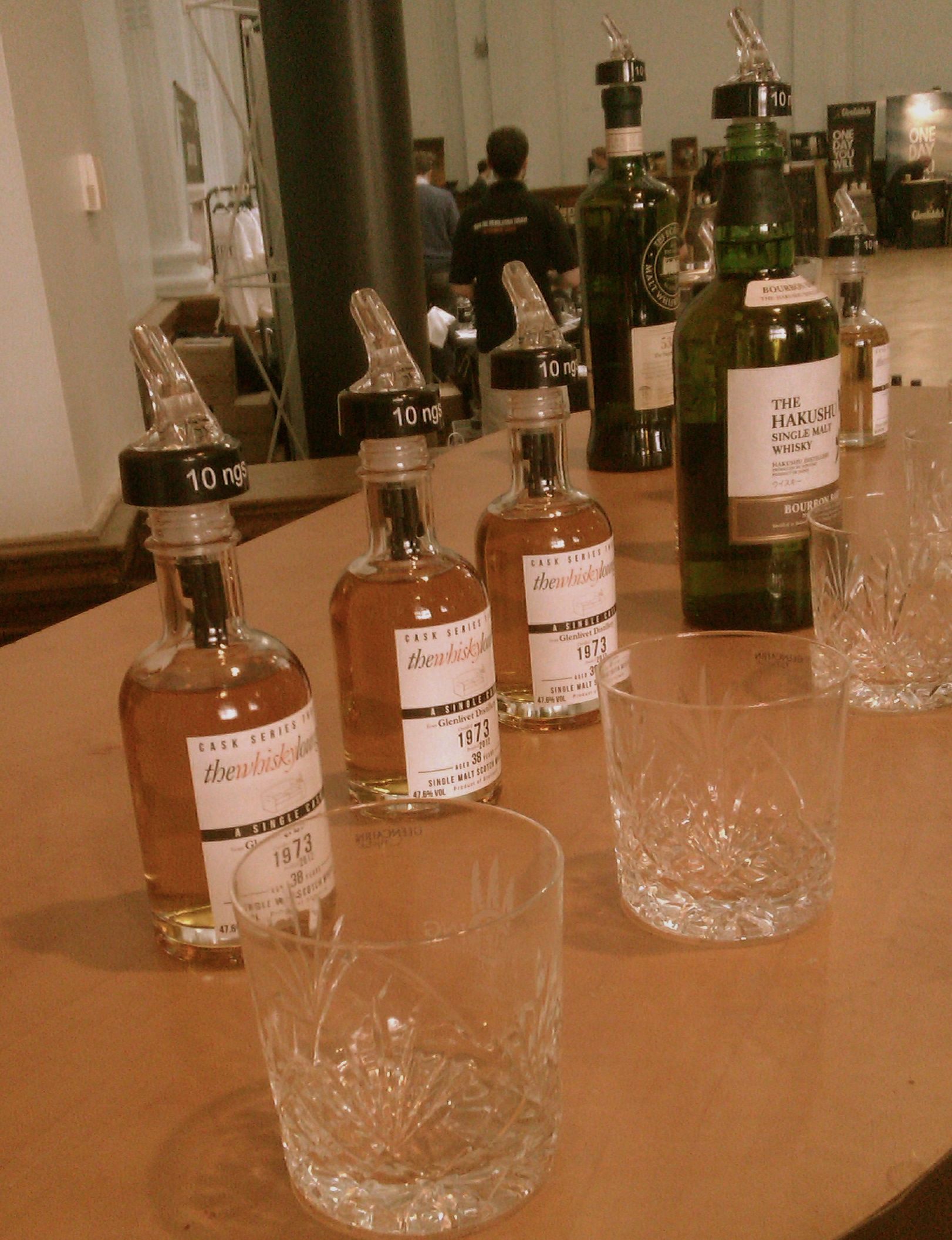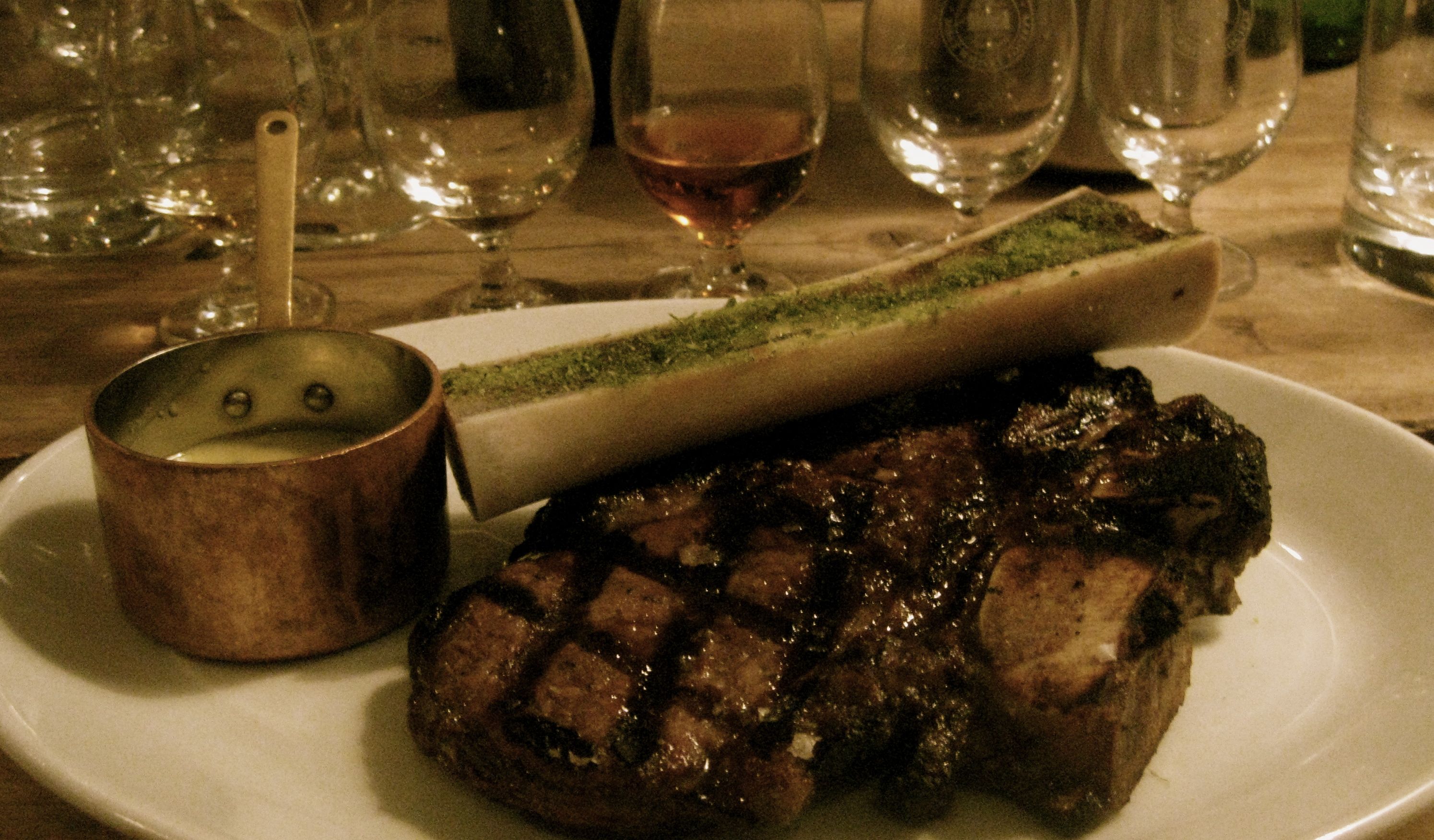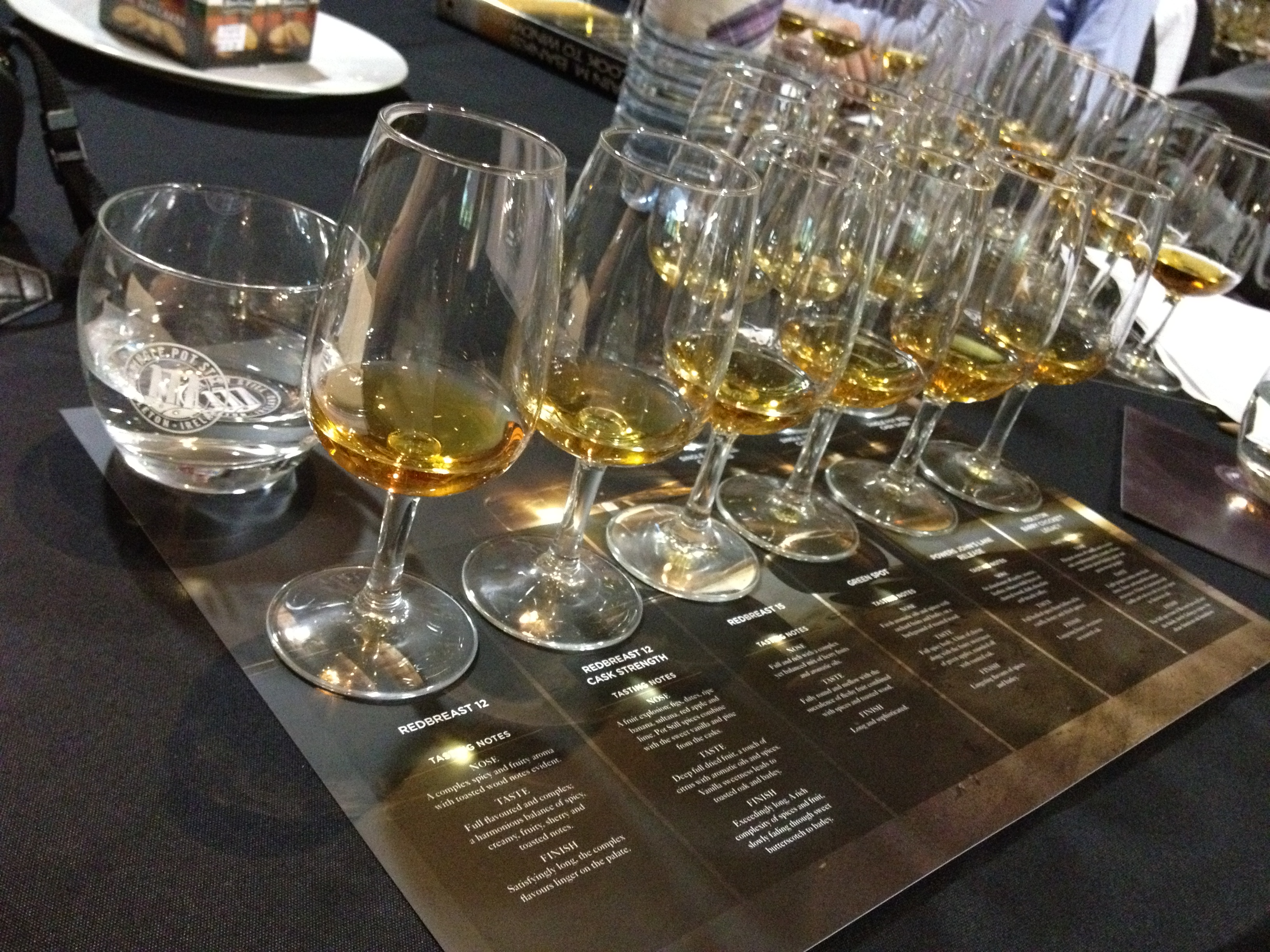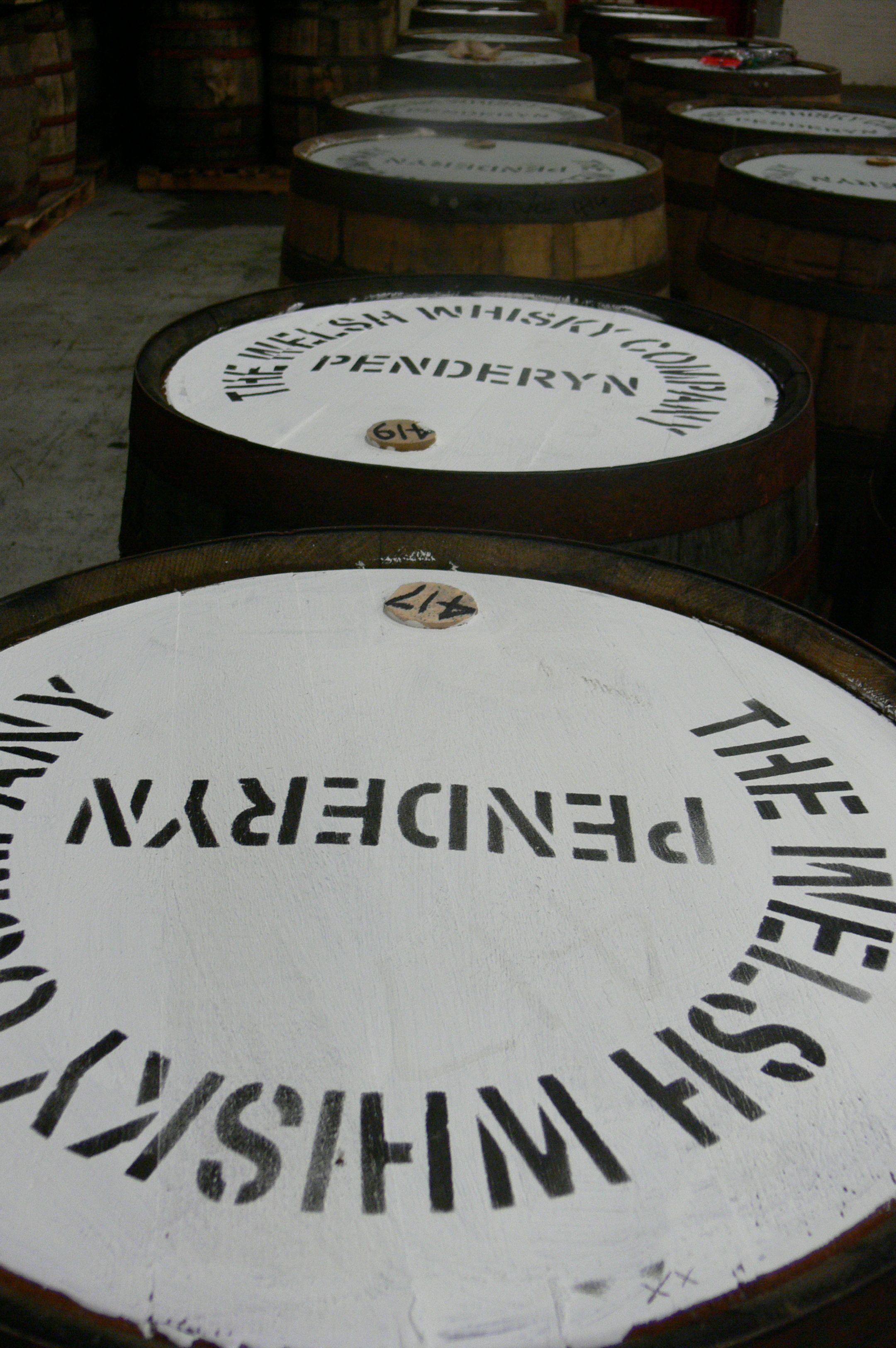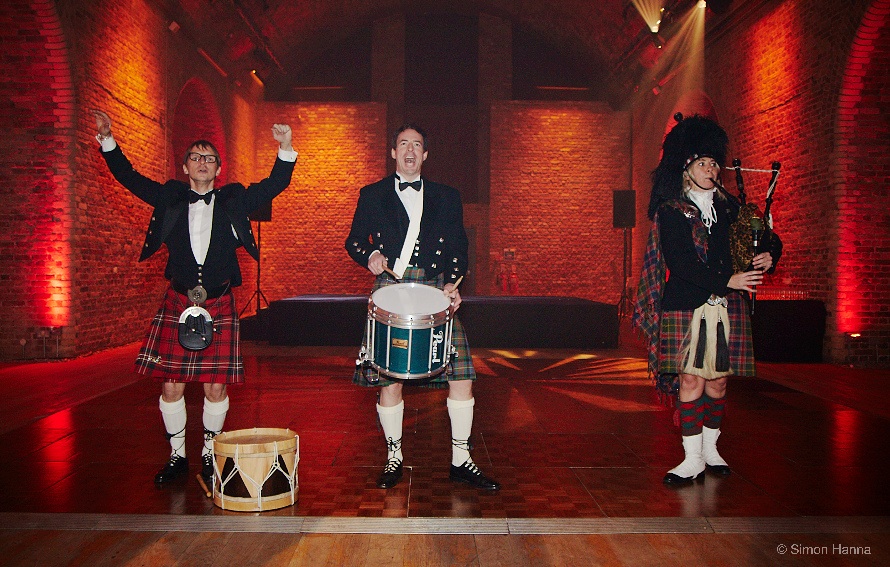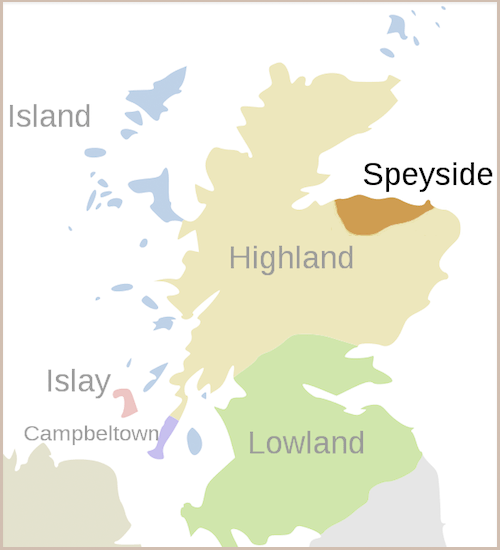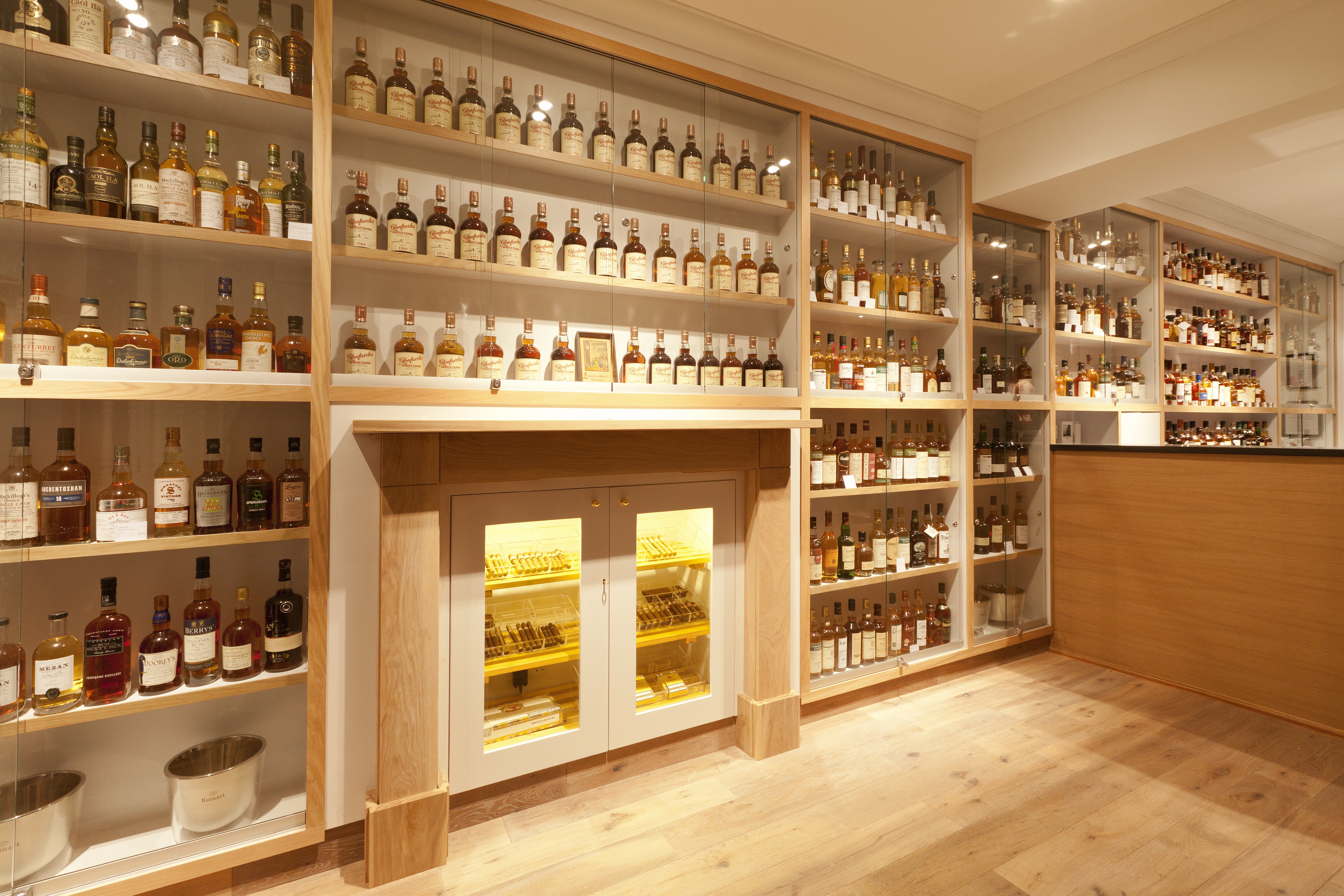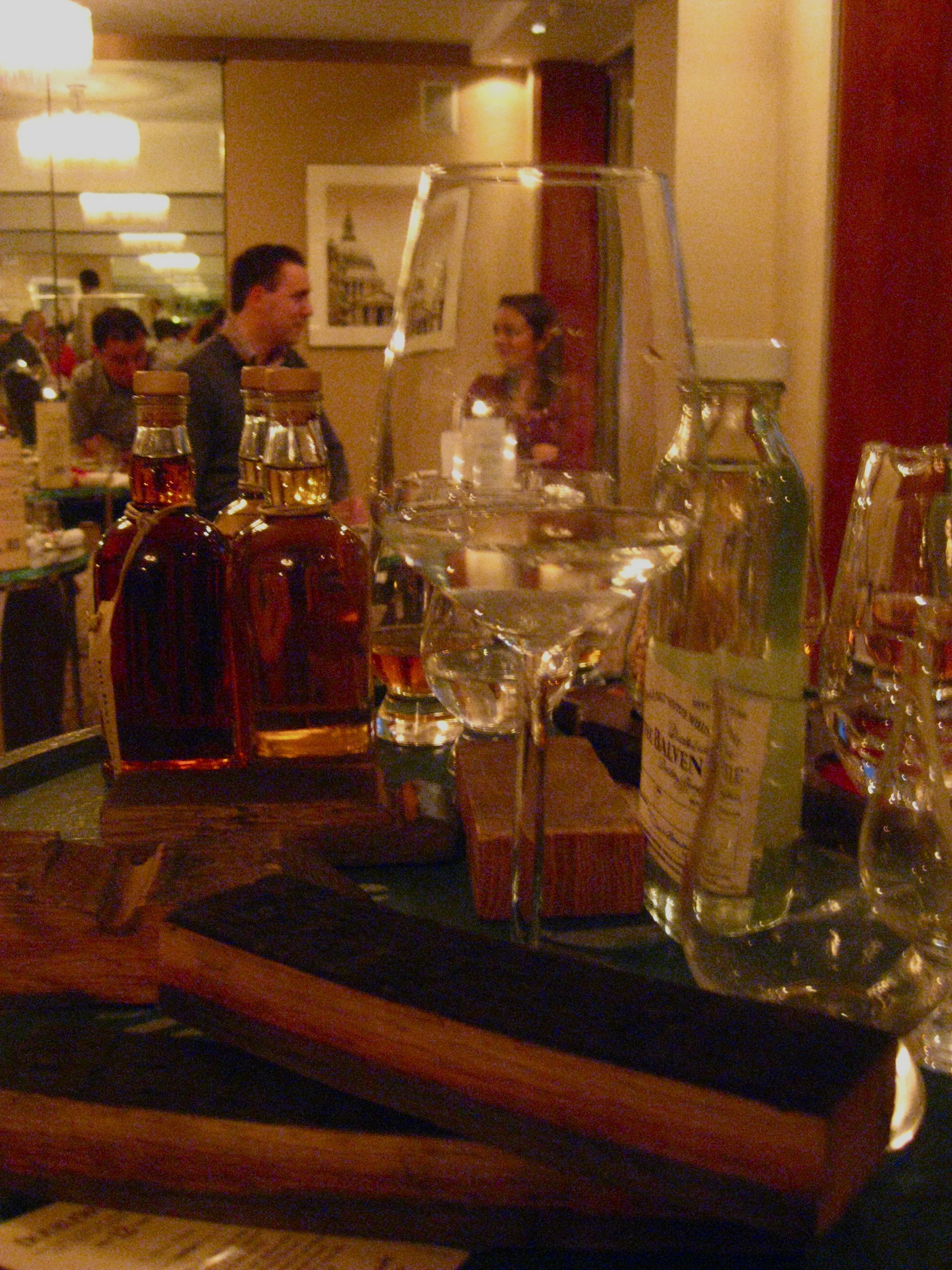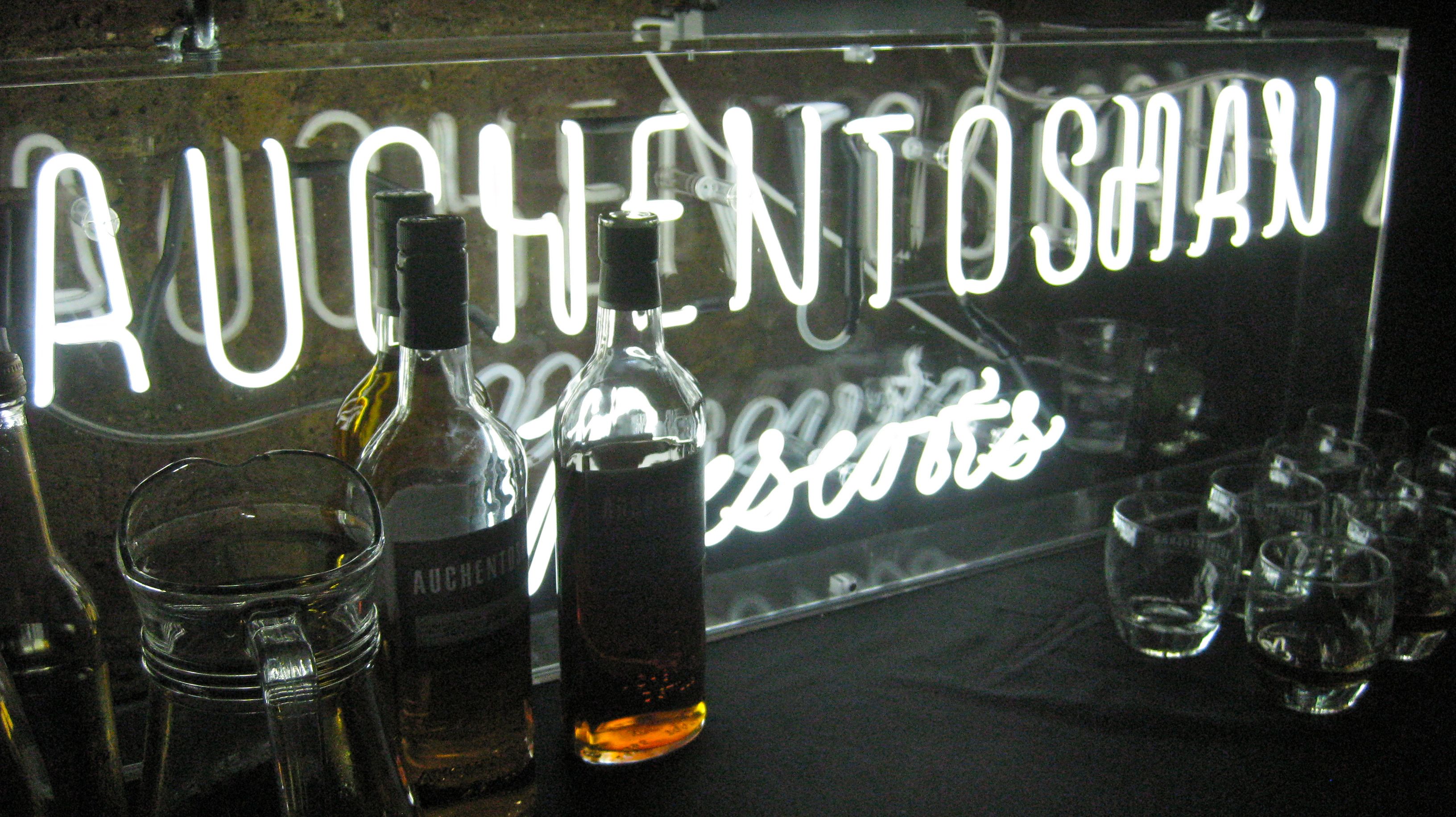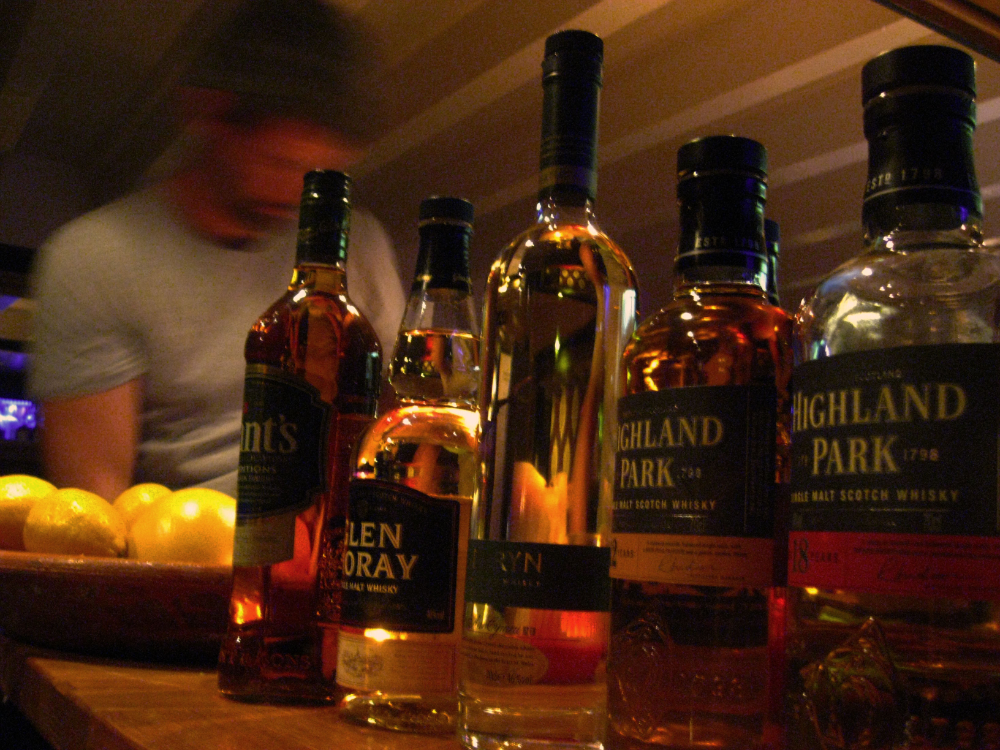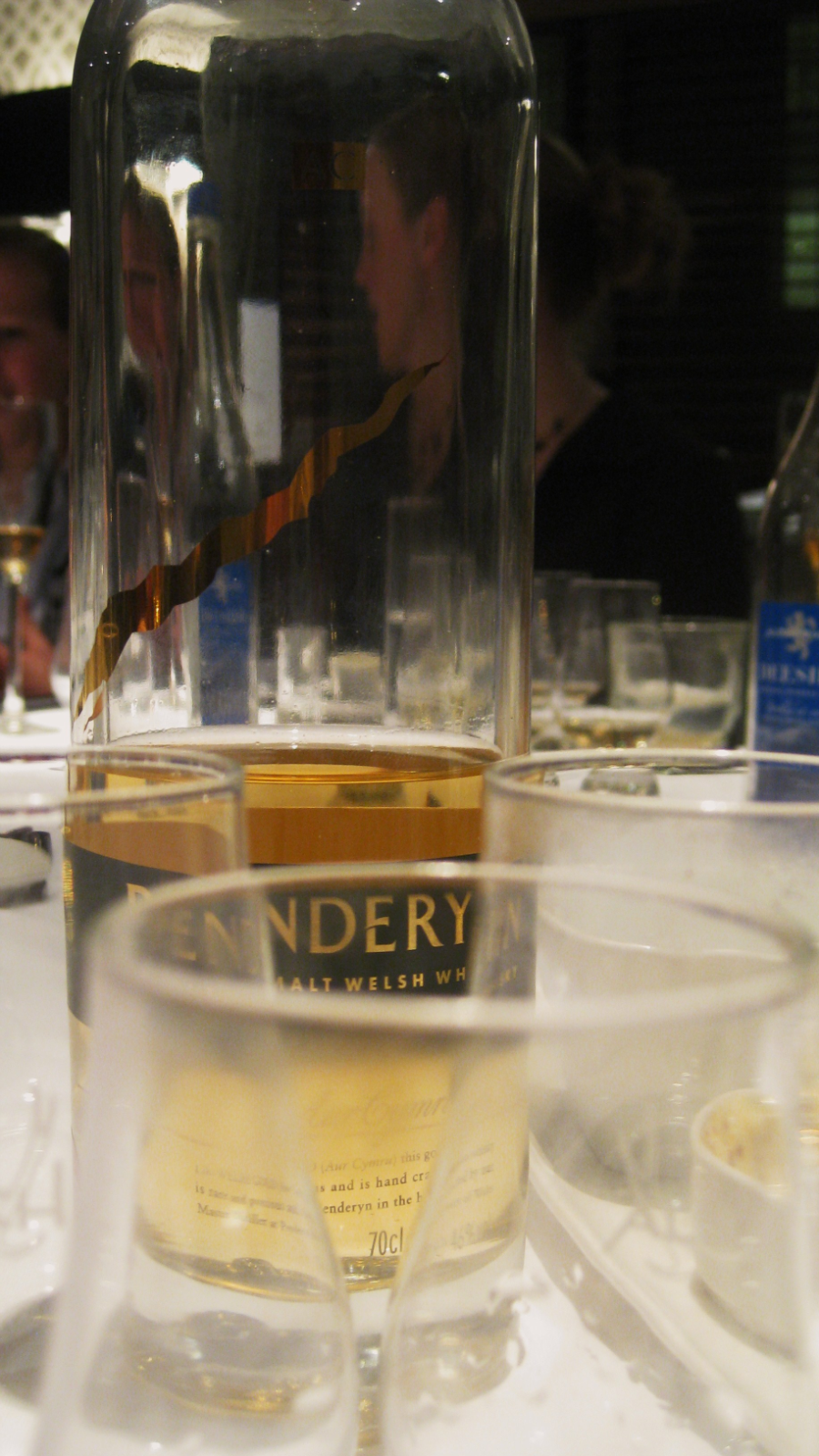It’s a big deal every year in the whisky world: what whiskies will be included in the next set of Special Releases, which come out every October from Diageo.
Now in its 15th year, each set differs both in where the whiskies come from and how many will be a part of the collection.
However, the Releases can be a controversial set of whiskies as much as they are anticipated. According to a recent report from the venerable new whisky site, Scotchwhisky.com, the overall prices of the Special Releases have risen 324% in the past four years. As the report rightly points out though, that is largely driven by the big-name releases from closed distilleries Port Ellen and Brora, which skew the overall pricing partly due to the fact there is a limited amount of only very old stock from these two, and also because the secondary market made of collectors pushes the prices up even higher. As a whole, it notes, the whiskies in this collection have gone up by around 20%, which is (rightly or not) in line with the main single malt whisky market. It’s worthwhile checking out the whole piece to get a solid in-depth analysis on them.
That all being said, I can’t deny that many of them are costly, with the Port Ellen sitting at £2,400 this year and the Brora at £1,300. There are a couple of the more ‘entry level’ releases that have piqued my interest and may end up appearing on my whisky shelf, but more on that later.
So, back to this year’s whiskies. For the 2015 edition, the following nine were included: Brora 37 year old; The Cally (Caledonian grain whisky) 40 year old; Caol Ila 17 year old; Clynelish Select Reserve; Dailuaine 34 year old; Dalwhinnie 25 year old; Lagavulin 12 year old; Pittyvaich 25 year old; and, Port Ellen 32 year old.
I sat down with Dr Nick Morgan, head of whisky outreach at Diageo, this past week to run through them. According to him it is “one of the most interesting Releases we’ve done.” As he rightly points out, it includes everything from closed distilleries, to a classic grain whisky, malts from Speyside, the Highlands and Islay, and whiskies from distilleries you may never have heard of, such as Pittyvaich and Dailuaine, which are both used mainly in blending.
 Dr Nick added: “What this does is, above all, speak to the great diversity of Scotch. It’s not just about including very old whiskies. It’s about showing diversity and each one that gets included is the product of a very long conversation.”
Dr Nick added: “What this does is, above all, speak to the great diversity of Scotch. It’s not just about including very old whiskies. It’s about showing diversity and each one that gets included is the product of a very long conversation.”
Potentially the most interesting addition this year is the 40-year old grain whisky from Caledonian (or, The Cally) distillery, which operated near Haymarket station in Edinburgh until 1988. It ties into the trend we are seeing of more releases of grain whisky – such as Diageo’s Haig Club – although Dr Nick emphasises that there was always a plan to release a grain whisky in the Special Releases, and that plan had been founded long before the idea of Haig Club was. “It was just about judging when the time was right,” he said.
The other curve balls that will be of interest to whisky geeks are definitely the Dailuaine and Pittyvaich, neither of which I’ve tried much of over the years. Both are, according to Dr Nick, “A nice reminder to people who think that the whiskies from Diageo distilleries they don’t know about are only not released because they are, in fact, crap.” A good point, well summarised, and I agreed that both were very interesting drams.
We started out the tasting with The Cally 40-year old. All that remains of this distillery is some limited stock and its chimney, which is apparently behind Haymarket Station (a landmark I’ll be looking out for on my next trip!). Bottled at 53.3% it embodies what I love in a great grain whisky: fruit, spice and cream. In this case, it was tropical notes, shortbread, tingly baking spice and soothing creamy porridge that stood out to me. Noted by Dr Nick as having “a complexity which is unusual for a grain of that age” it again made me realise how fantastic grain whisky can be.
Next up was the 25 year old Dalwhinnie. It’s always a pleasure for me to try something from this distillery, since the first bottle of malt I ever bought came from here. Distilled in 1989 and bottled at 48.8%, it was slightly scented and delicately woody, with a bit of citrus and oily richness that Dalwhinnie is known for. Dry grassiness at the back of the palate followed, before a finish of dark chocolate and cream, making this a perfect late evening dram.
Then it was onto the Pittyvaich, which is rarely seen in the market due to the fact the distillery only opened in 1975 before ceasing whisky production in 1993. It was used as a gin facility for a few years afterwards and has mostly been used for blending. This release was distilled in 1989 and bottled at 49.9%. On the nose, it was super oily, with lots of waxy, grassy notes. In the mouth, there was melted butter, apples and pears and chewy toffee. A few drops of water really opened it up, adding in some red fruit and cream sweeties, and a dash of freshness. Overall, a thick, sweet whisky that was very appealing to me, despite not generally loving overly sweet things.
The Clynelish Select Reserve followed. The focus of this one is not on when it was distilled, because it uses a parcel of whiskies from different years, the minimum of which is 15 years of age. Instead, this year’s eye was turned to focus on accentuating Clynelish’s distinctive waxy characteristic. I absolutely adore this distillery and it goes into some of my favourite blends, so I’m always keen to try it on its own. Bottled at a bold 56.1%, it was rich, waxy and powerful, with notes of orange, cinnamon, nutmeg and some red fruits. With a bit of water, it had a lot of warmth, reminding me of a melty beeswax candle. A classic, delicious Clynelish.
Whisky number five was the Dailuaine, another one of those unknown ones for the most part. At 34 years of age, this whisky is bottled at 50.9%. It, again, hinted at a waxiness, this time in the form of floor polish, alongside apples, honey and a nice earthy note on the nose, that flowed through to chocolate, cherries, oranges, dusty cocoa, pepper and aniseed on the palate. It was wonderfully balanced and – at £380 for a 34-year old – one of the best value whiskies in the range I think. A lot of pound coins? Yes. But when considering the rarity of it as a single malt, alongside the age, strength and quality factors, it’s a solid pick.
The Unpeated 17 year old Caol Ila followed, though I should note that it is “the smokiest of all the unpeated Caol Ila’s that have ever been released.” In this punchy bottling (it’s 55.9%) the smoke is more akin to a soft wood smoke, that sits alongside red fruit, white sugar and oil. It’s less citrussy than normal for a Caol Ila, and there is a lot of residual sweetness there (milk chocolate) alongside some great, fresh spice that reminded me of nasturtiums.
The Brora 37 acted as a fantastic follow-through. This bottling has no declared date of distillation (unlike many of the others that do) because the ages of the whisky included varies, with the youngest being 37 years of age. Dr Nick said this is because of a fluctuation in distillery characteristic, with the older Broras having a much smokier kick. As such, the team likes to blend together some much older stock in when they release this. At 50.4%, it’s instantly agreeable, hinting at fudge, orange peel, dusty books and leather. I found it to be a very classy whisky, one to drink in a library while listening to some dark, brooding classical music.
One of my favourites of the day was next, a great value 12 year old Lagavulin that – priced in at £80 – may well find its way onto my whisky shelf. For the past 13 years, the Special Releases have included a 12 year old Lagavulin, which differs each time it comes out. This year’s was oily with the big heat of peat, iodine, lemon sherbets and coffee beans. At 48.8%, it eased out with a bit of water, with more orange peel notes emerging.
Finally, I tried the Port Ellen 34 year old. The priciest of this year’s releases really stood out for me, though I won’t be shelling out the £2,400 for a bottle. Made from 1983 distillate (the year the distillery closed its doors) it is a curve ball for Port Ellen enthusiasts, with this having been matured in refill European oak casks. On the nose, it was immediately alluring, with notes of dried figs, dried raisins, caramelised brown sugar and a meaty smoke. On the palate, it was simply heaven with a fantastic weightiness, stewed dark fruits with honey, nuts and a counteracting smokiness, that ran in harmony alongside the sweetness. Delectable.
In conclusion, a wide range of flavours and price points for the whiskies this year. My favourites were The Cally, the Dailuaine, the Lagavulin, the Caol Ila and the Port Ellen. While only the Laga and Caol Ila are in my price range (the latter being £90), the pricing of the Special Releases does raise a few good points for me, mostly: who holds responsibility? Is it Diageo, which commands higher prices for these? Or is it the appetite of whisky collectors, who buy bottles only to sell and make a profit on? Like many things in life, it’s probably a bit of both sides. It’ll be interesting to see where these go in the future, since you can still get a hold of some of last year’s whiskies at the same price they were released at. Will the same hold for this year’s? And is the appetite for them dwindling? I look forward to watching the market to find out.


